FOR STRONGER WORKFORCES AND CUSTOMER ADVOCATES...
Workplace and consumer learning, led by expert credentialed teachers—from onboarding, to upskilling, to customer education
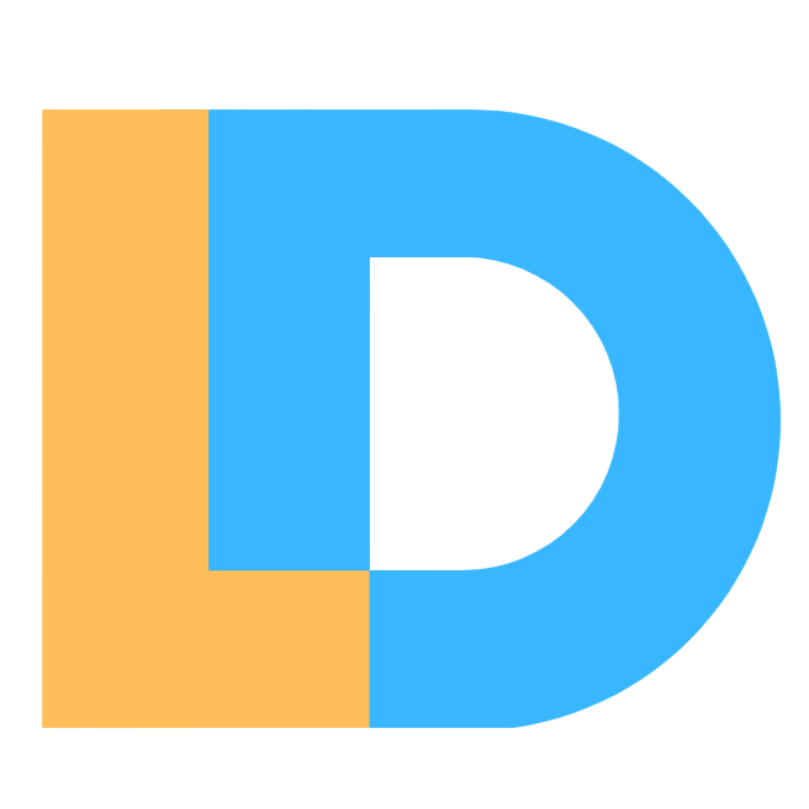
No one gets learning like teachers get learning.
As a team of former classroom teachers, Elynndí supports the learning that is crucial for organizational growth and resilience—in forms such as role-specific training, customer education resources, and support for in-house learning teams.
We lend decades of firsthand teaching expertise to expand the bandwidth and reach of organizations and their people: past clients have ranged across operations, enablement, organizational development, and L&D.
Take the 2-minute quiz.Find out what your organizational learning needs are today.
Tried-and-True Teachers: The Gold Standard for Learning
Make sure you and your learners stay ahead of the class. Partner with the Elynndí teacher team.

30+ founders, managers, and executive directors
partner with Elynndí to take the guesswork
out of teaching and learning.
It's tough work, helping others learn and grow.
Developing leaders
Educating customers
Upskilling teams
Creating learning materials
Onboarding hires
Facilitating trainings
Revising resources
Adding new services
That's why our clients come to us feeling challenged, wanting to grow, and in need of support—because the work of teaching and learning is ambitious, time-consuming, and integral to organizational development.
If you lead learning, maybe you've been feeling...

For proven learning solutions,
trust the experts: trust the teachers.
Just like we did for our students, we positively change our clients’ lives. We're here for you to shift the complexity and labor of learning from yourself, to a team of teachers who knows how to carry it for you.We get that learning is more than just the training or the product or the modules: our clients need teaching and learning that solve pressing problems and achieve meaningful gains.

More Trust & Clients
Based in proven teaching methodology, our learning designs are skillful, memorable, and reliable.
You build your reputation as a valuable, dependable thought partner who exceeds expectations, leading to repeat clients and satisfied staff.
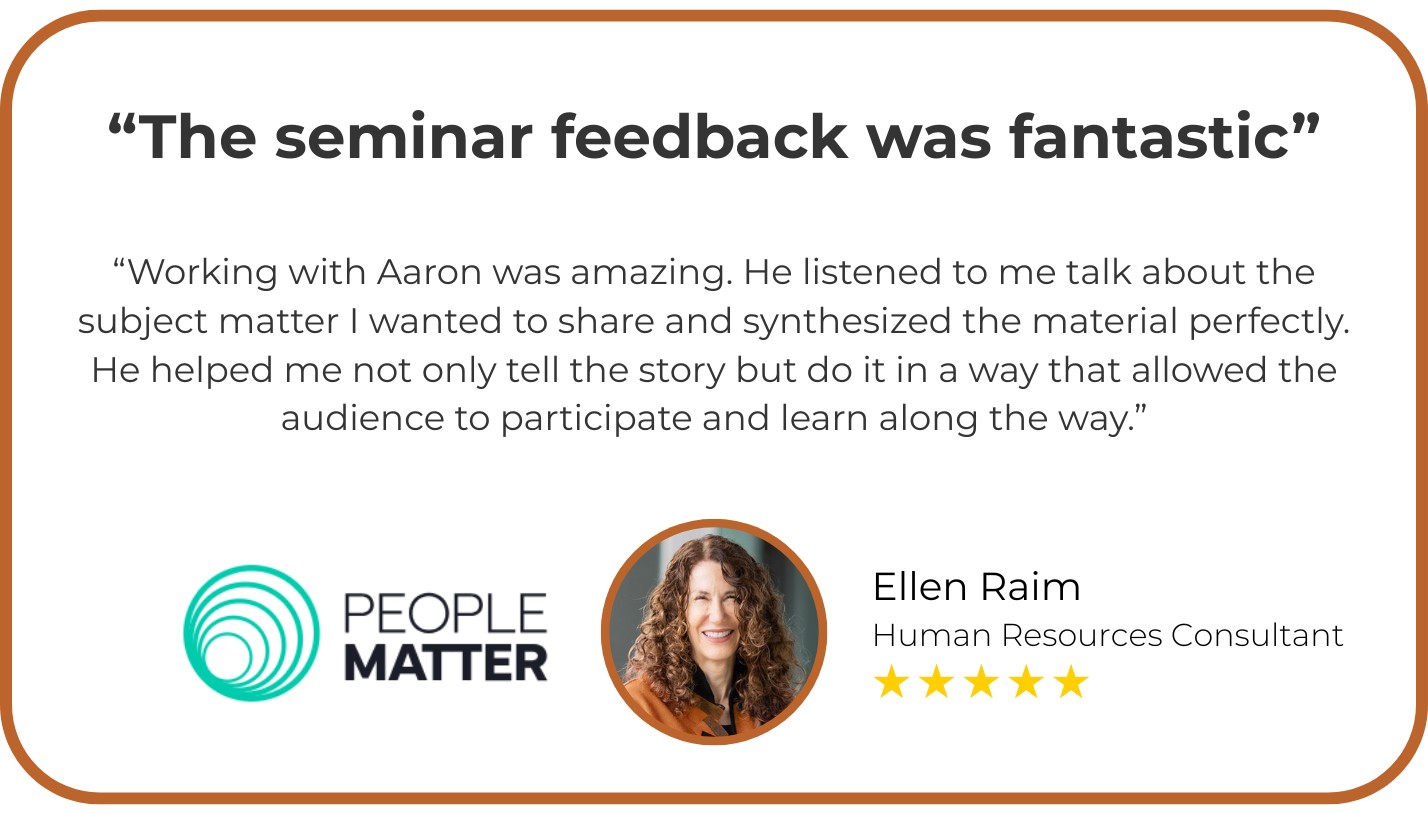

More Time & Energy
As teachers who used to design and deliver brand-new, high-impact lessons every day (gah!), we know how to do this work fast and well, freeing up your bandwidth.
Our clear-cut process takes less time to get you what you need, so our total project costs are less also.
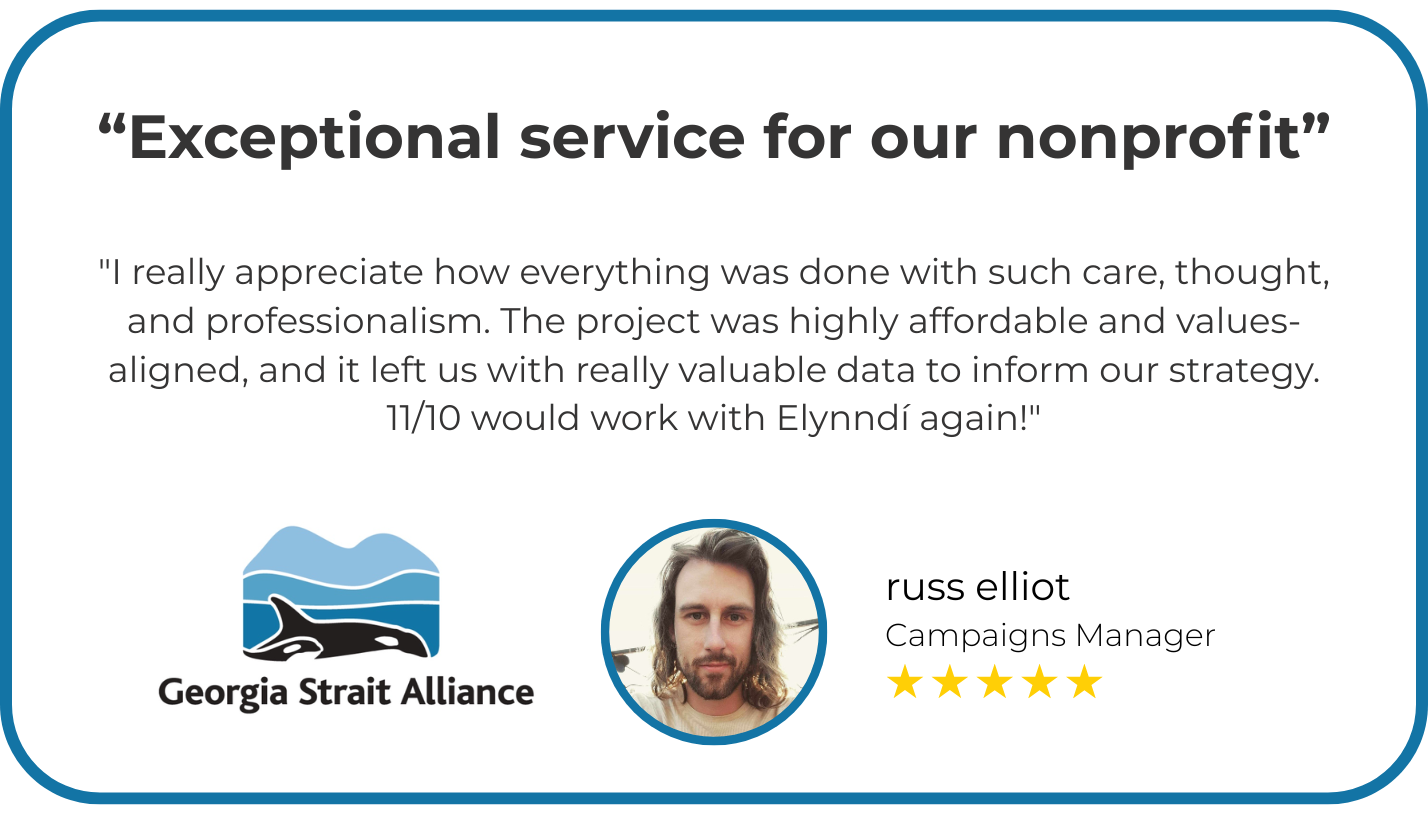
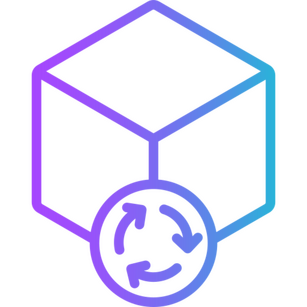
More Use & Reuse
Built on tried-and-true successes across different clients, our work products have dependable utility.
That means you can re-deliver and re-tailor a product for new audiences and contexts—and safely rely on its value long after a project ends.
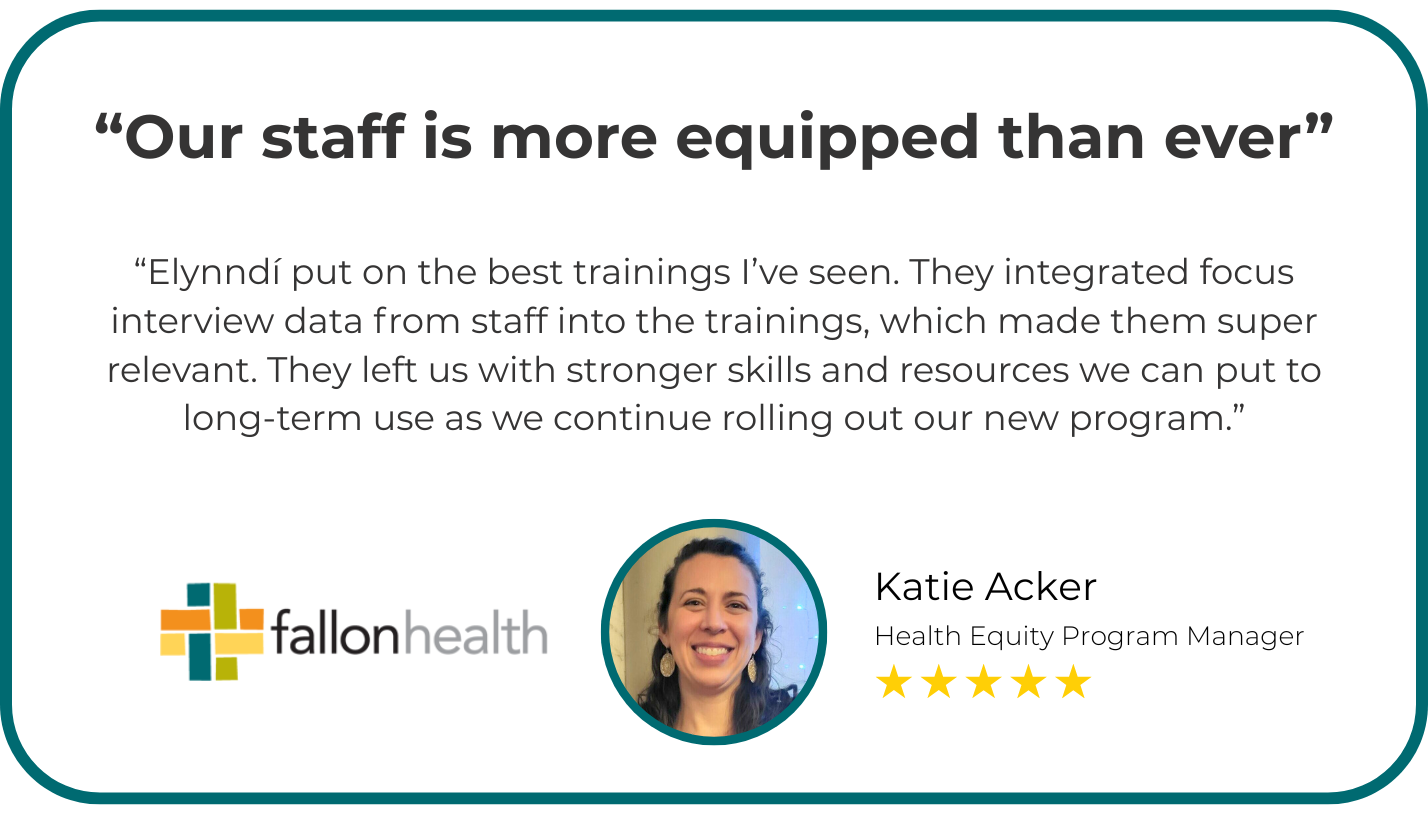
Our teacher toolkit gets the best outcomes possible, so stay equipped through our newsletter!

A bite-sized, bi-weekly snapshot of our latest learnings, snappiest suggestions, and coolest questions, with guest writers from Learning and Development and other fields!
To read our archive of newsletter articles, you can click here.
Case Studies
It’s not enough to understand that our clients face challenges with teaching and learning. As astute teachers, we uncover how and why our clients’ unique challenges exist—so we can then tailor proven methodology for their precise learning needs.
↓ Click a card to read the full case study ↓
How It Works
By helping you knock your learning experiences out of the park, we help confirm for your stakeholders that you are a trustworthy, knowledgeable, and worthwhile investment.
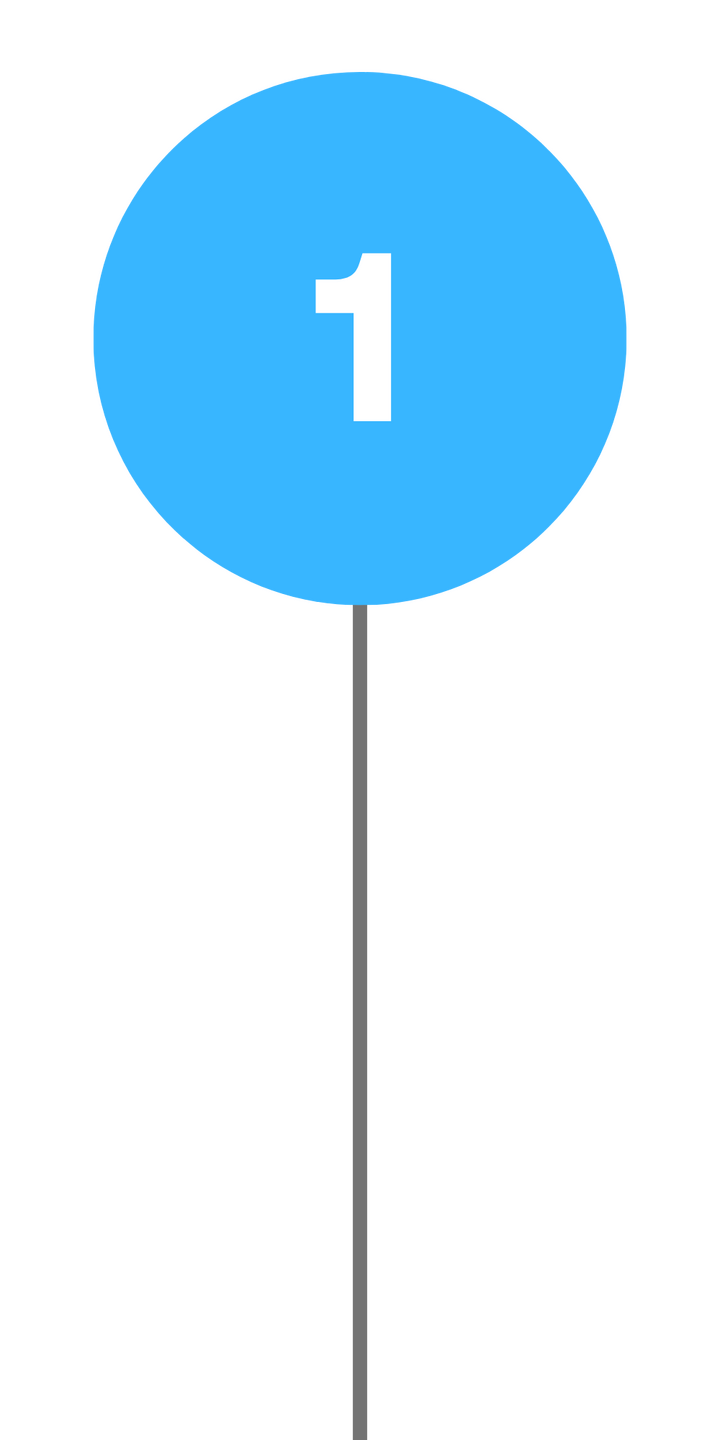
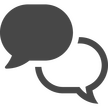
Discuss.
You let us know you're looking for experts to design, revise, or deliver a learning experience.
We have up to two free 30-minute "inquiry calls" to learn more about you and your needs.
You explain what learning experience you're creating and what outcomes you're pursuing.
We ask guiding questions to deepen our thinking about the project and align next steps.
(As needed, we'll redirect you to other resources or to one of our colleague agencies if we find that learning design and delivery aren't the services for your needs.)
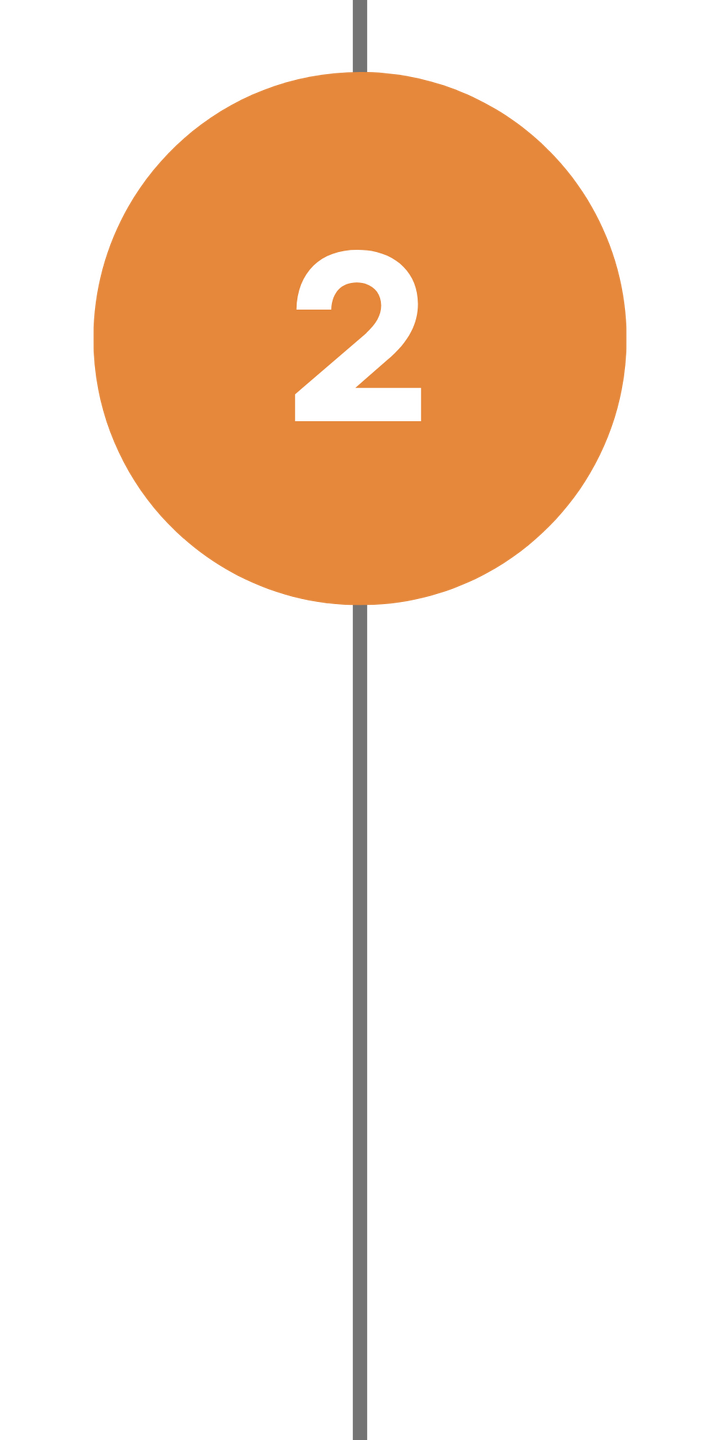
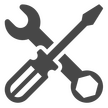
Design.
We create a timeline of the deliverables necessary to complete the project (learning objectives, session outlines, course plans, guided organizers, visuals, etc.)
We schedule check-in meetings so that you can provide feedback along the way.
We revise each deliverable according to your feedback to remain aligned with your needs.
You leave with the complete set of materials you need for your learning experience to be successfully delivered to your stakeholders.

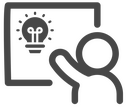
Deliver.
You present, teach, facilitate, implement, or sell the final product for your stakeholders.
Or Elynndí presents or facilitates the learning experience to your audience, if the project is for us to be facilitators as well as instructional designers.
The typical range of time it takes to complete clients' projects is 3 to 5 weeks.
Virtual & In-Person Services
By providing the one-of-a-kind learning that only a teacher can provide, you can build a reputation as one of the most worthwhile assets your stakeholders have.
Create like a teacher
Instructional Design
At times, you just need someone to handle the details for you. Receive custom-made learning objectives, lesson plans, slide decks and more. Or, have your previous learning materials revised by a team of teacher. All aligned with your goals and branding; all designed for your immediate use.
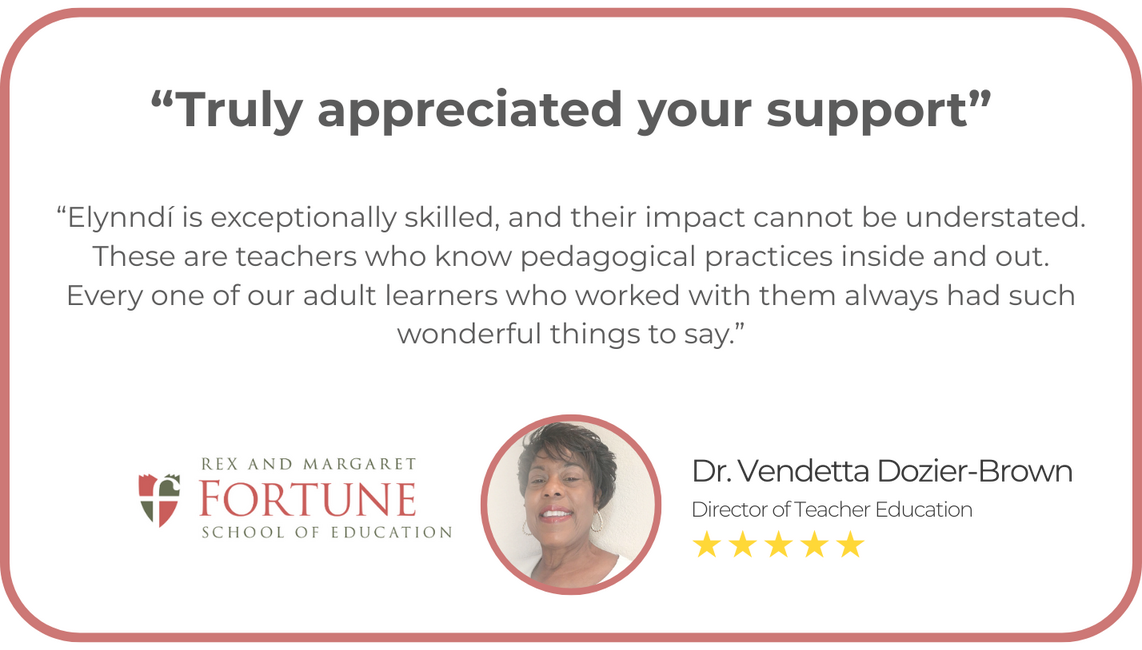
Facilitate like a teacher
Trainings & Workshops
Do you remember your favorite lessons from school? Re-experience those creative, imaginative blends of dialogue, collaboration, and hands-on activities, so that you walk away with meaningful memories and sophisticated skills. We can facilitate our own materials, or team up with you to facilitate yours.
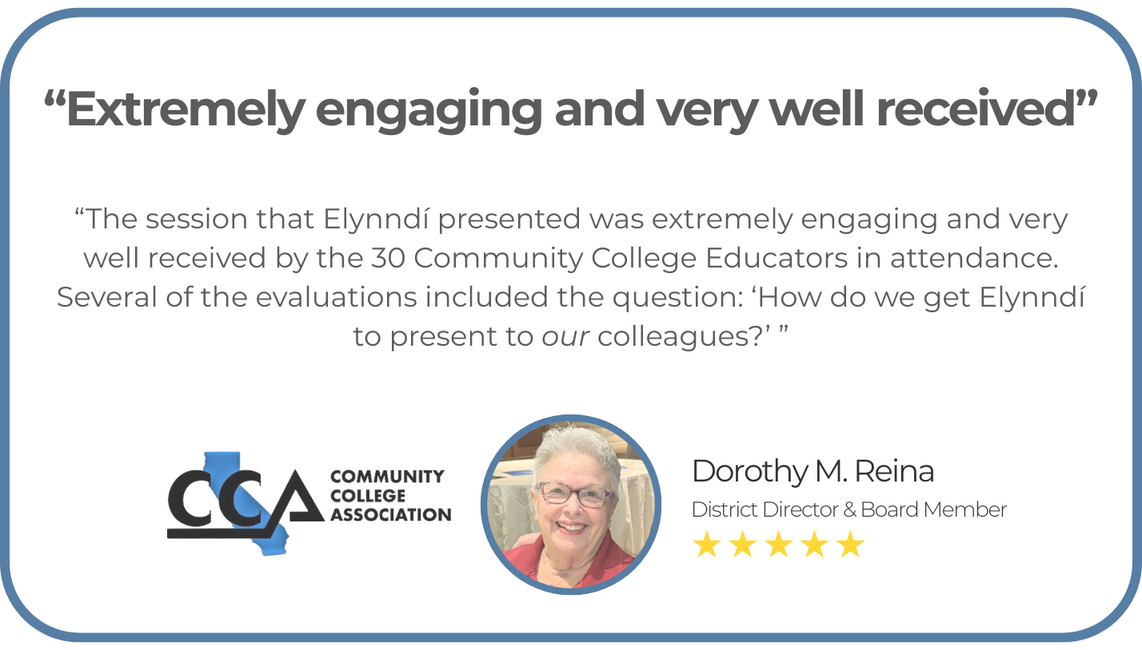
Meet the Team
A small and mighty crew of co-teachers, equipped with best practices for teaching and learning.
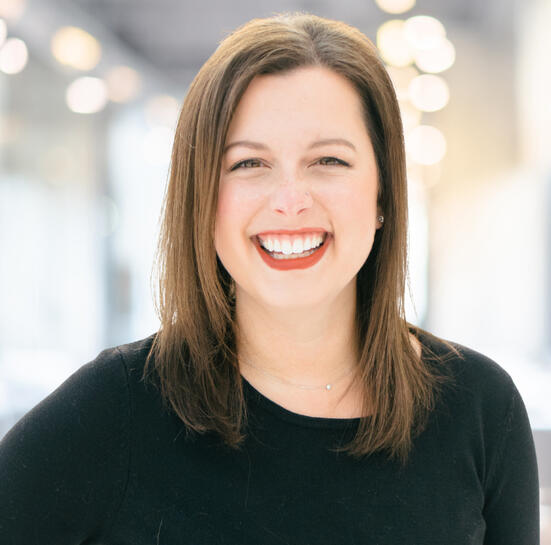
Instructional Designer & Facilitator
Kelsey Funk, M.Ed.

12+ years of experience in public education, corporate training, and instructional design
Specialized in human-centered learning design that transforms complex requirements into usable tools
Connects big-picture strategy with small-detail design to ensure all programs are intentionally goal-driven
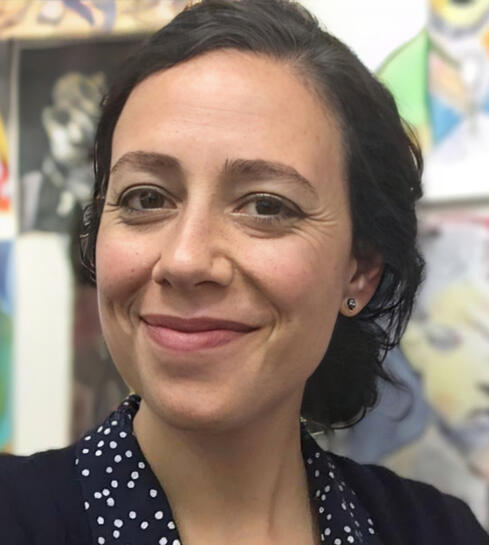
Learning Outcomes Writer
Michelle Mazzeo, M.S.Ed.

15+ years in teaching, training, and program design across public education systems and nonprofits
Studied and practiced learning principles in the context of leadership and policy
Specialized in designing learning experiences for equity initiatives and organizational culture change

Owner & Operator
Aaron Barlin, M.S.Ed.
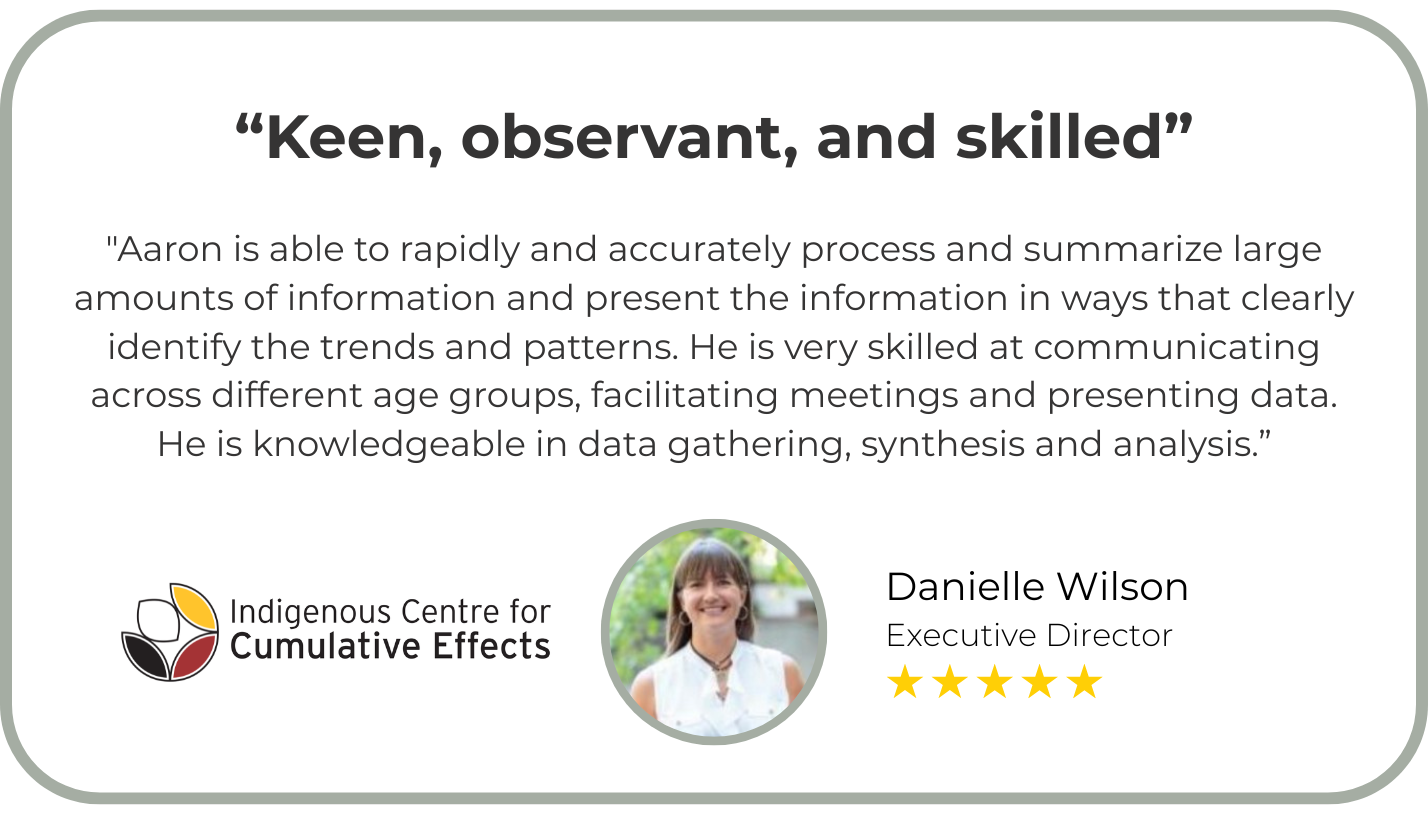
10+ years in K-12 education and organizational learning, with a focus on professional development
Published by Fast Company, The Learning Guild, The Training Industry, and The Teaching Professor
Formally trained in education sciences at the University of Pennsylvania's Graduate School of Education

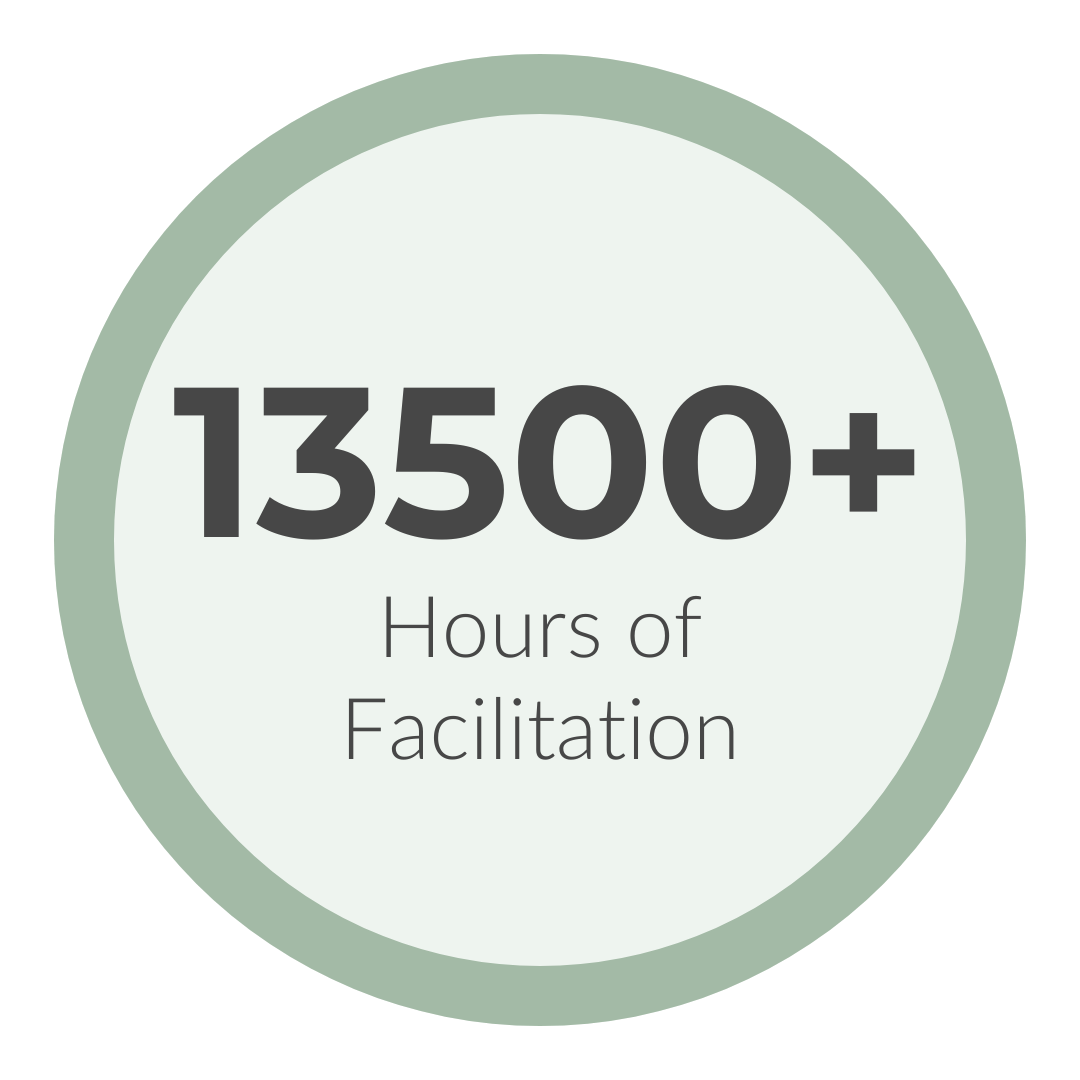
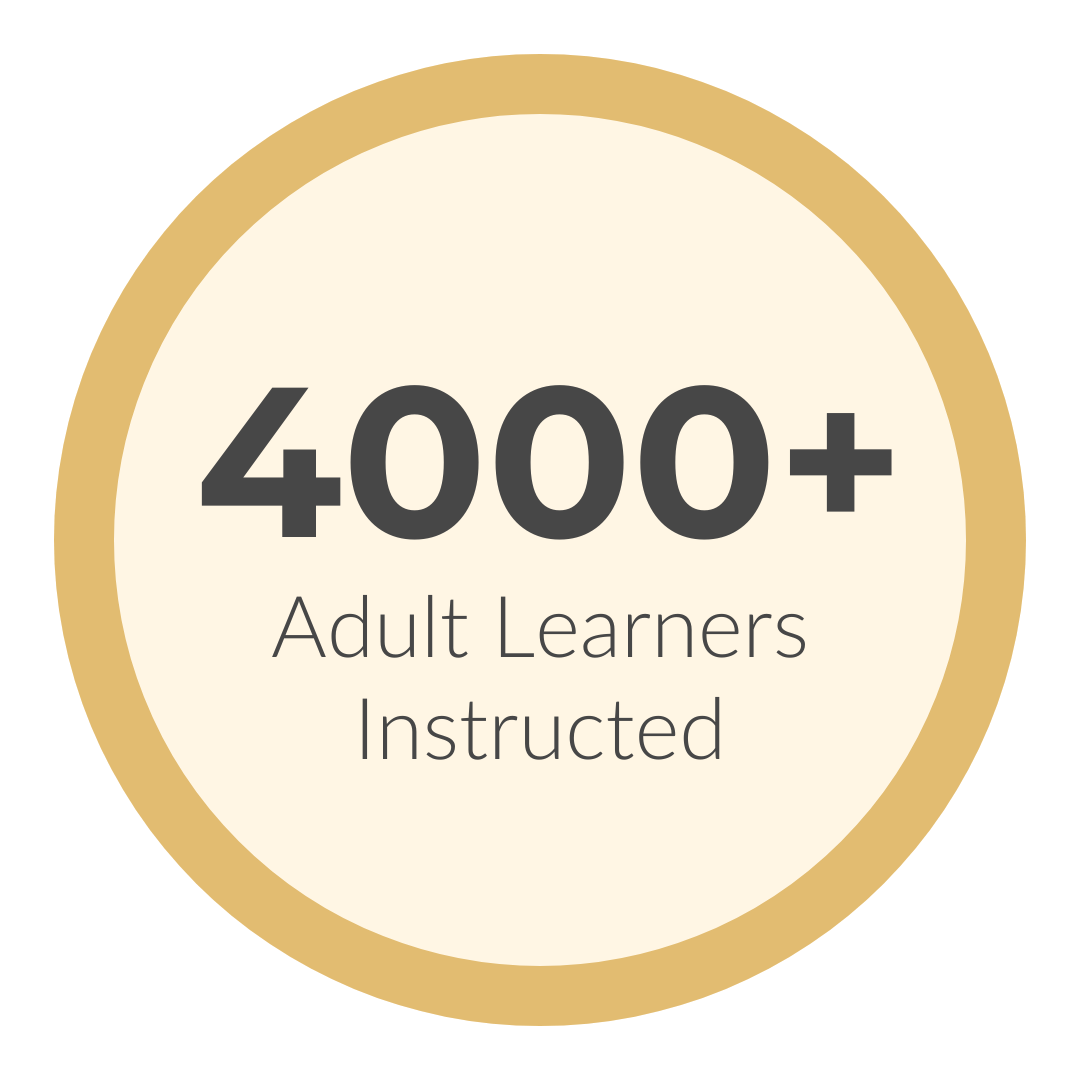
Our Clients
Across business, nonprofits, government, and professional firms — you don't need to be a school to be a place of learning.






Pricing
Instructional design, facilitator-led learning, or both.
Design
The creation of learning outcomes, play-by-play session outlines, and necessary visuals
FOR REAL-TIME, FACILITATED LEARNING MATERIALS
Classes
Modules
Trainings
Webinars
Workshops
Town Halls
Retreats
PD Series
Keynotes
Team Building
| 0–60 Minutes | | | $1400 for one session / $1000 as an additional session |
| 61–90 Minutes | | | $2000 for one session / $1400 as an additional session |
| 91–120 Minutes | | | $2600 for one session / $2000 as an additional session |
| Half Day (2–4 hours) | | | $3600 for one session / $2800 as an additional session |
| Full Day (4–8 hours) | | | $5600 for one session / $4400 as an additional session |
FOR ASYNCHRONOUS, NON-FACILITATED LEARNING MATERIALS
Revision of Already-Drafted Materials
Infographics
Guidebooks
Assessments
Self-Guided Materials
Training Manuals
e-Courses
| $115 per hour of work, to match the variability of each project |
| (Recent projects have ranged from $575 for small scopes of work, to $3900+ for larger, more sophisticated builds.) |
Deliver
Facilitator(s) from Elynndí to teach your learners on your organization's behalf
COST OF FACILITATION
| $350 per hour of live facilitation, per facilitator (added to any design costs) |
Who is Elynndí for?
For those who have never thought about or practiced learning and development methods before — but are ready to start
For those who have a general goal or vision for a project, but need help refining and tailoring the actual deliverable
For those who are ready to evaluate and innovate their typical approaches so that their orgnanization can evolve
For those who seek collaboration in the form of reciprocal thought partnership
Who isn't Elynndí for?
Not for those who see strategies for teaching and learning as separate from organizational growth and progress
Not for those who have a pre-determined, cookie-cutter approach to learning and curriculum design
Not for those who are uncomfortable or unwilling to reflect on or change their ways
Not for those who view feedback as one-way, or cooperation as top-down

Thanks for taking the time to learn more about Elynndí for your organization's learning needs.
A website offers just a glimpse: to learn if Elynndí would be the best match for you and your learners, fill out the form below, or email us at [email protected].
Instructional Designer & Facilitator
Kelsey Funk, M.Ed.
(she/her)
Beginning her career teaching students with low-incidence disabilities, Kelsey found herself supporting educators to turn complicated technology and accessibility requirements into tools they could actually use. That work sparked a passion for designing the learning itself, and she began creating impactful programs for adults.Since then, she's facilitated large-scale virtual trainings for a global healthcare giant, designed courses for non-profits and educational consultants, and guided corporate teams through complex challenges. Known for her ability to connect learning initiatives to business goals, Kelsey brings a thoughtful and agile approach, adapting to shifting priorities and turning ideas into action with a bit of strategy and humor. She brings a rare ability to fluently speak both "big picture" and "small detail," ensuring every design choice is intentional.
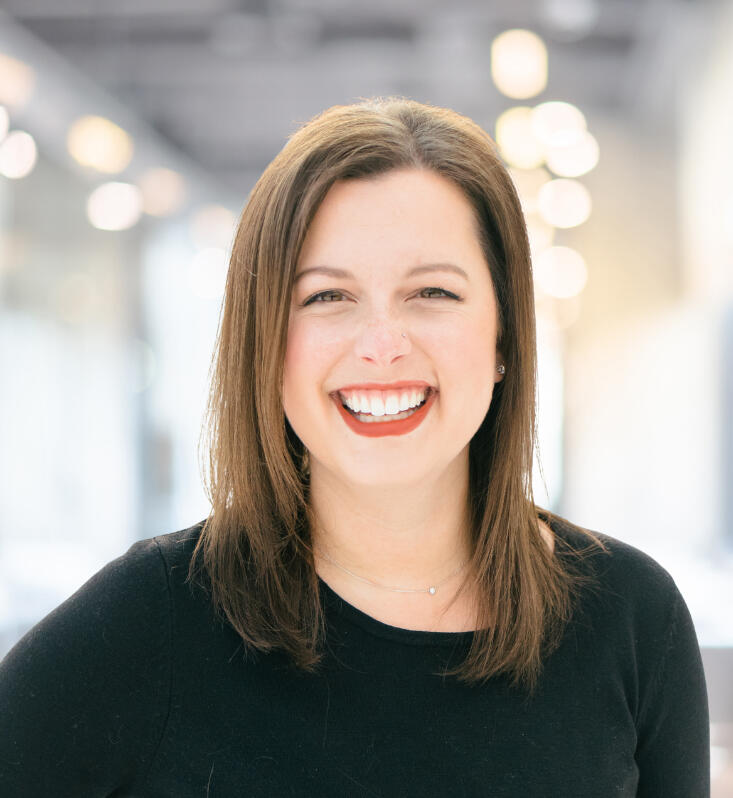
Learning Outcomes Writer
Michelle Mazzeo, M.S.Ed.
(she/her)
Having both studied and applied principles on leadership and policy, Michelle assists organizations in ways that are based in sound methodology. Over 15 years as a teacher, trainer, and program designer have revealed a core pattern to her and her learners: learning isn’t impactful unless it’s actionable, inclusive, and built to last. She has designed professional development workshops that empower real-world growth, led meaningful equity initiatives that change organizational cultures, and provided consulting that equipped leadership teams with the strategies they needed to help their organizations thrive. Intuitively, Michelle simplifies your workload by breaking down complex projects into clear, actionable steps, making it easier for you and your organization to achieve its goals.

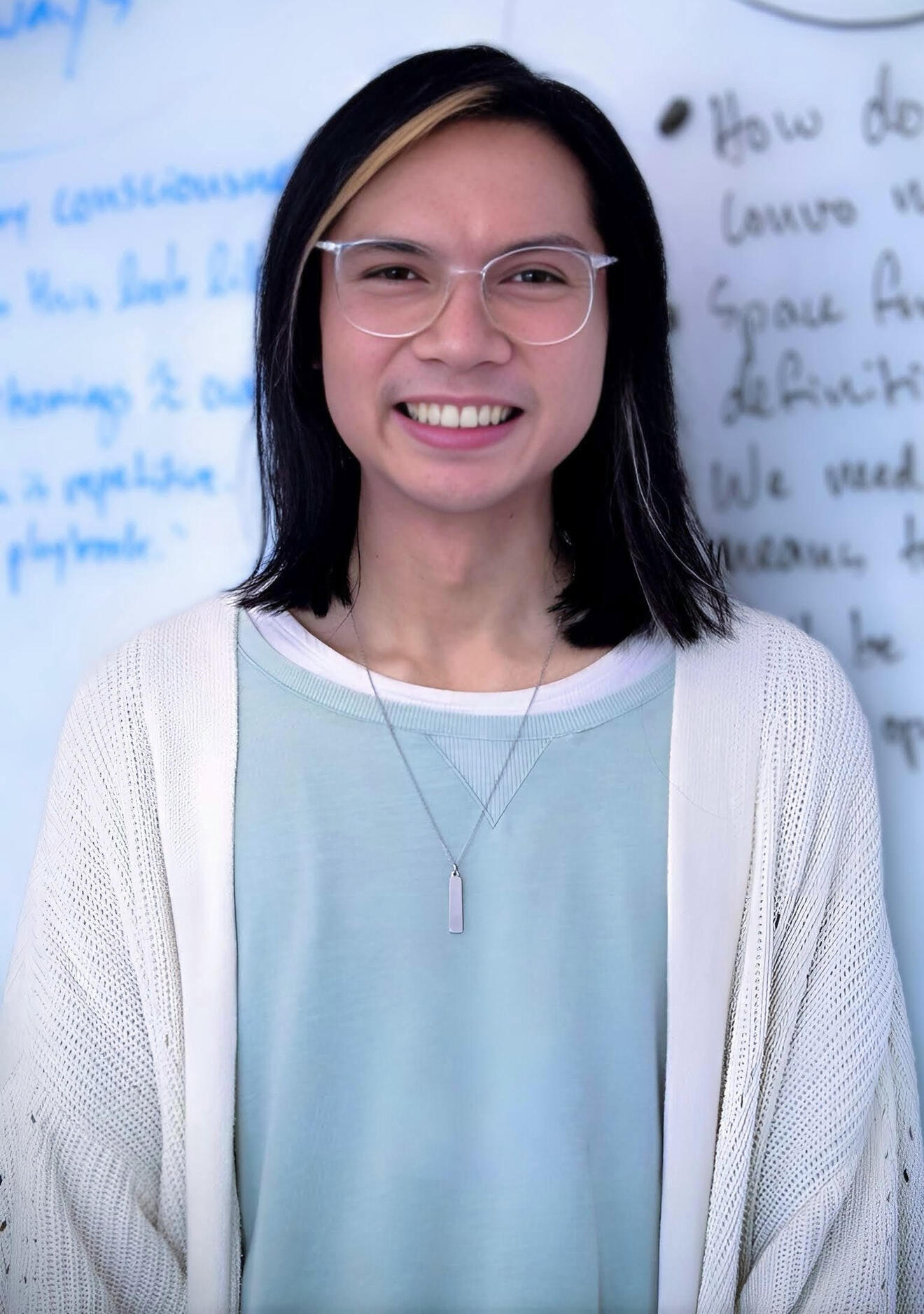
Owner & Operator
Aaron Barlin, M.S.Ed.
(he/they)
Aaron didn’t always see the connection between classroom teaching tactics and building or running organizations. That changed when, on top of teaching high-school English, Aaron became a districtwide professional development coach and strategic planning lead. In those adult-facing roles, he discovered that his teacher toolkit was essential for designing staff trainings, mentoring colleagues, and consulting admin on high-level decisions. It became clear that only the best teaching practices could shed new light on the workplace's hardest subjects: culture change, talent management, succession planning, and more.This led him to wonder, What would happen if more professionals ran their organizations like teachers run their classrooms? Aaron began Elynndí to invite you to experience the paradigm-shifting answers to this question, developing your organization from the standpoint of a teacher.
There's so much left to learn.
Trust a teacher to guide you.
Take the guesswork out of growing your organization by using tried-and-true
learning and development strategies — brought to you by a credentialed teacher.
There's so much left to learn.
Trust a teacher to guide you.
Take the guesswork out of growing your organization by using tried-and-true
learning and development strategies — brought to you by credentialed teachers.
There's so much left to learn.
Trust a teacher to guide you.
Take the guesswork out of growing your organization by using tried-and-true
learning and development strategies — brought to you by credentialed teachers.
There's so much left to learn.
Trust a teacher to guide you.
Take the guesswork out of growing your organization by using tried-and-true
learning and development strategies — brought to you by credentialed teachers.
Privacy Policy
At Emergent Change, we are committed to safeguarding the privacy and security of our clients and website visitors. This privacy policy outlines how we collect, use, disclose, and protect personal information. By interacting with our website or providing personal data through our Lead Gen Form on LinkedIn, you consent to the practices described in this policy.Information Collection: We may collect personal information such as names, email addresses, job titles, and company names when you voluntarily provide it through our Lead Gen Form on LinkedIn.Use of Information: The information collected will be used to respond to inquiries, provide requested services, and improve our offerings. We may also use the data to contact you with marketing communications relevant to our services.Data Sharing: We do not sell, rent, or share your personal information with third parties for marketing purposes. However, we may share data with trusted service providers who assist us in operating our website or providing services to you.Data Security: We implement appropriate technical and organizational measures to protect personal data from unauthorized access, loss, misuse, or alteration.Data Retention: We will retain your personal information for as long as necessary to fulfill the purposes outlined in this privacy policy unless a longer retention period is required or permitted by law.Your Rights: You have the right to access, correct, or delete your personal information. If you wish to exercise these rights, please contact us using the information provided below.Contact Us: For any questions or concerns regarding this privacy policy or our data practices, please contact us at [email protected], or (916) 573-4234This privacy policy is subject to change, and any updates will be posted on our website. Please review this policy regularly to stay informed about how we handle your personal information.By submitting your information through the Lead Gen Form, you acknowledge that you have read and understood this privacy policy, and you consent to the collection, use, and disclosure of your personal data as described herein.
Images of Elynndi
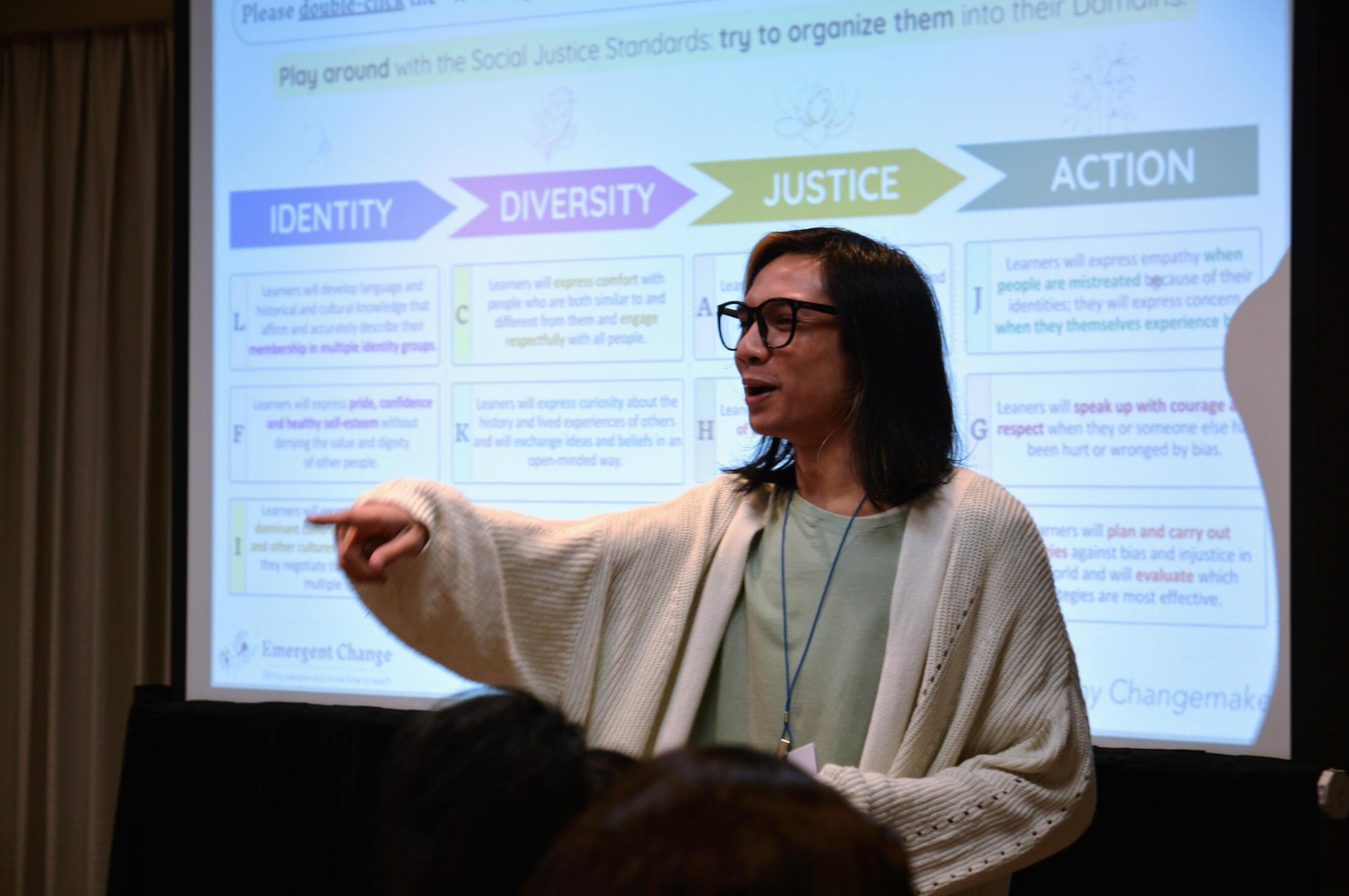
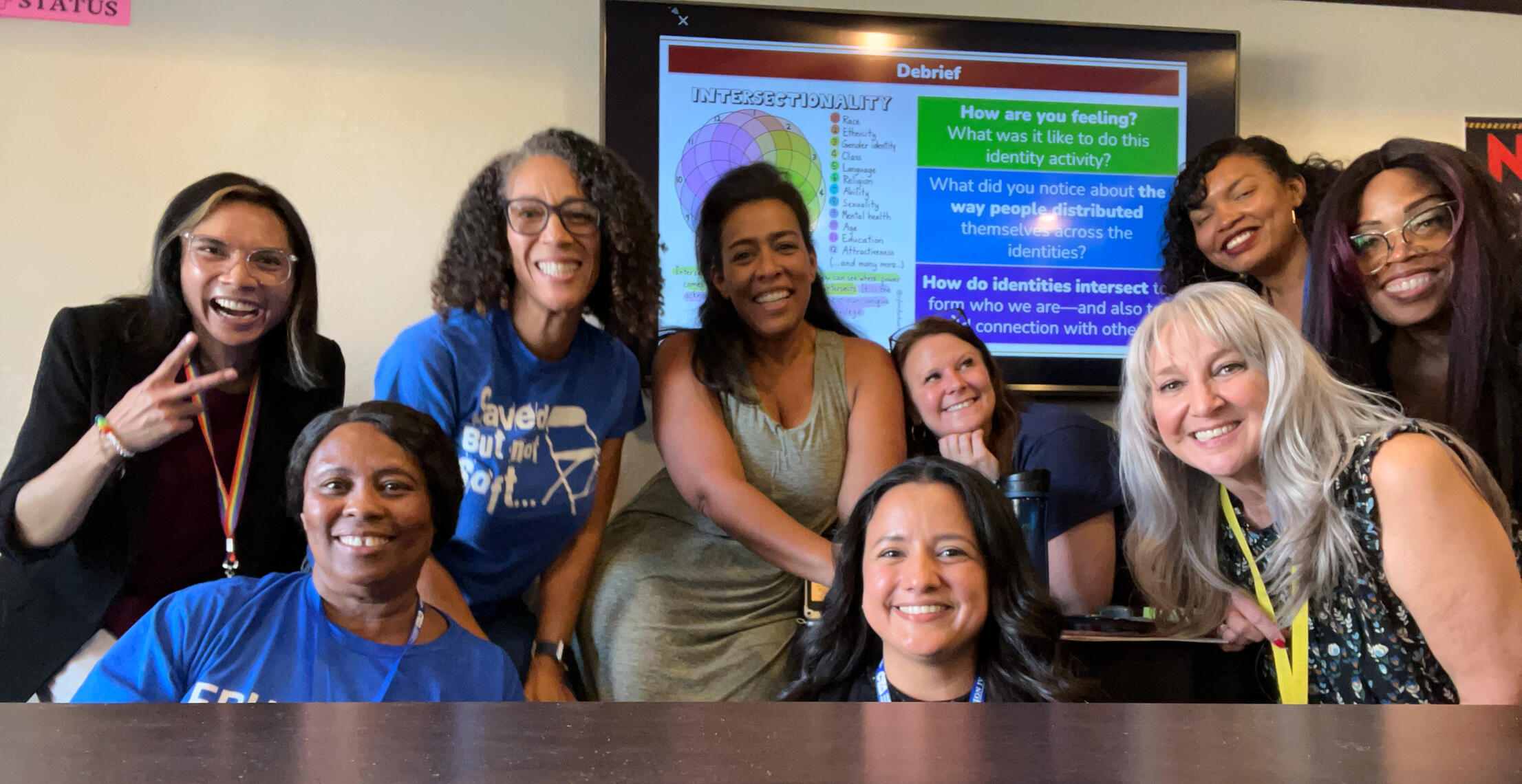

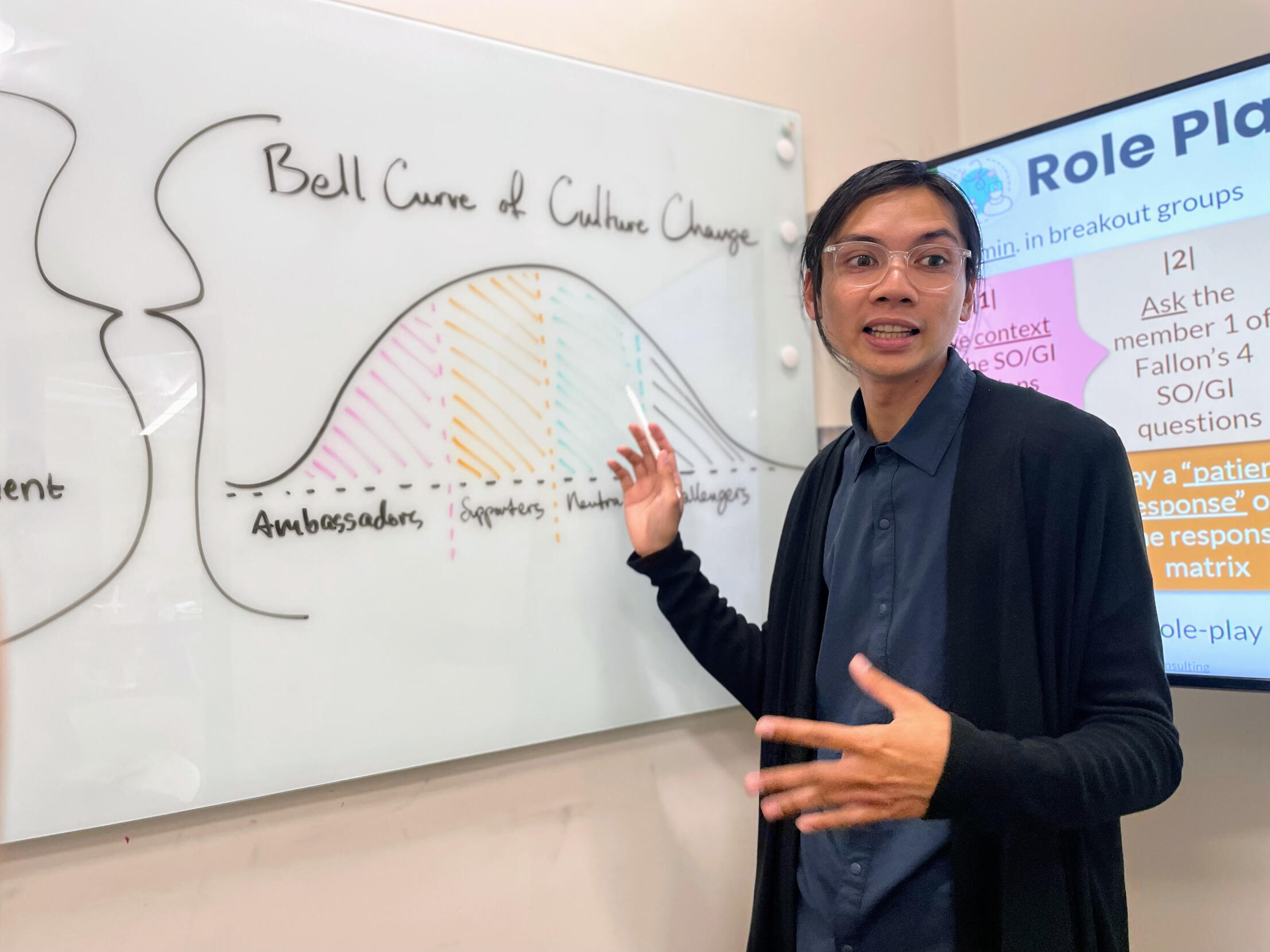
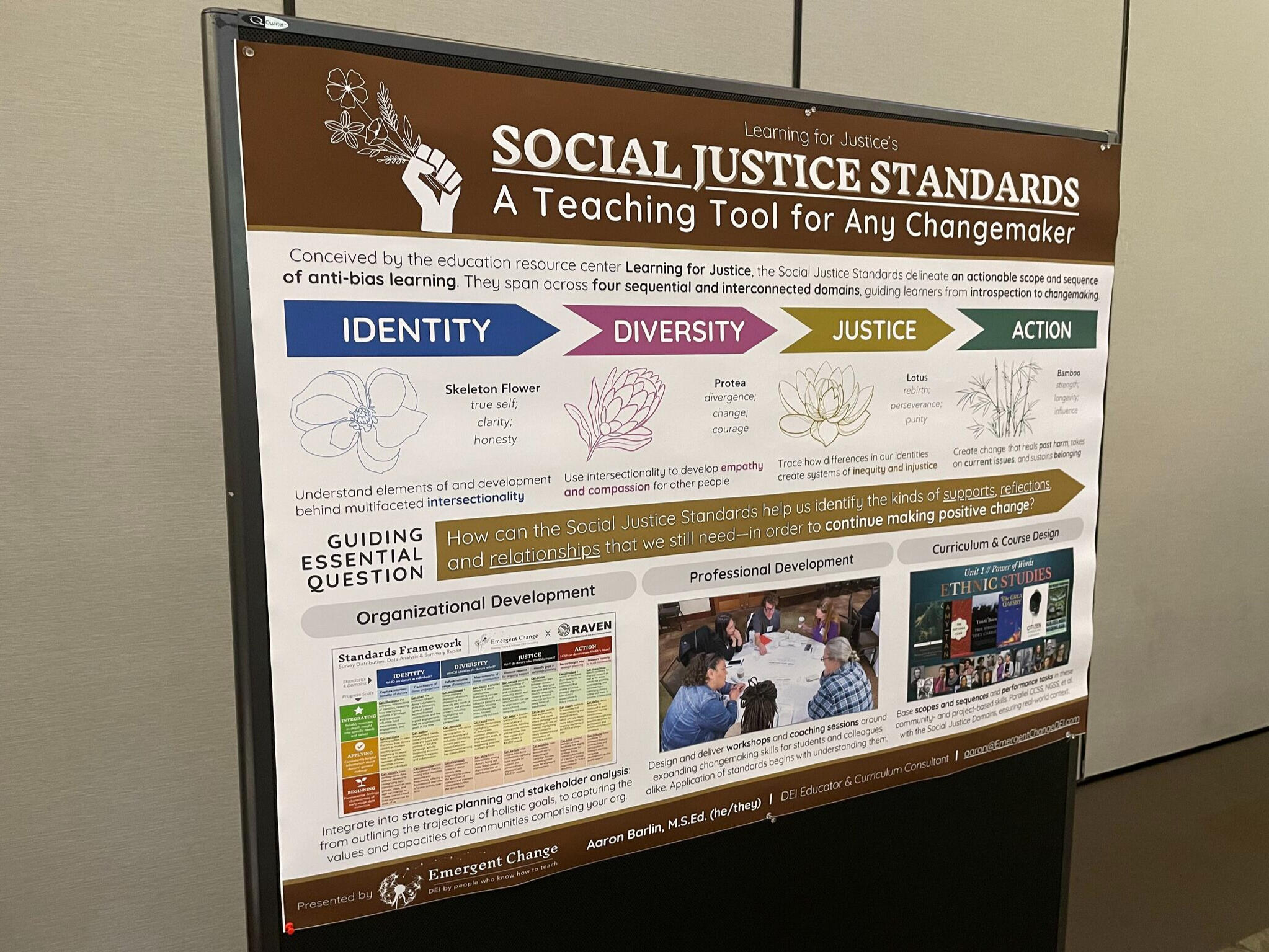
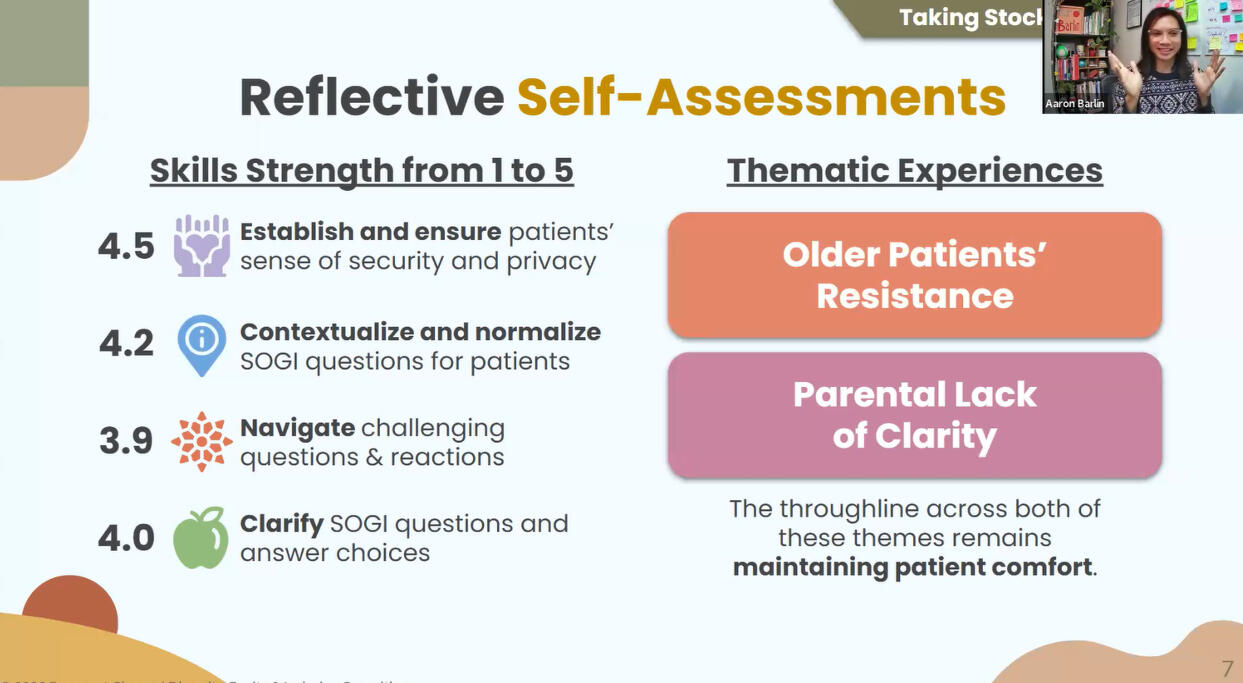
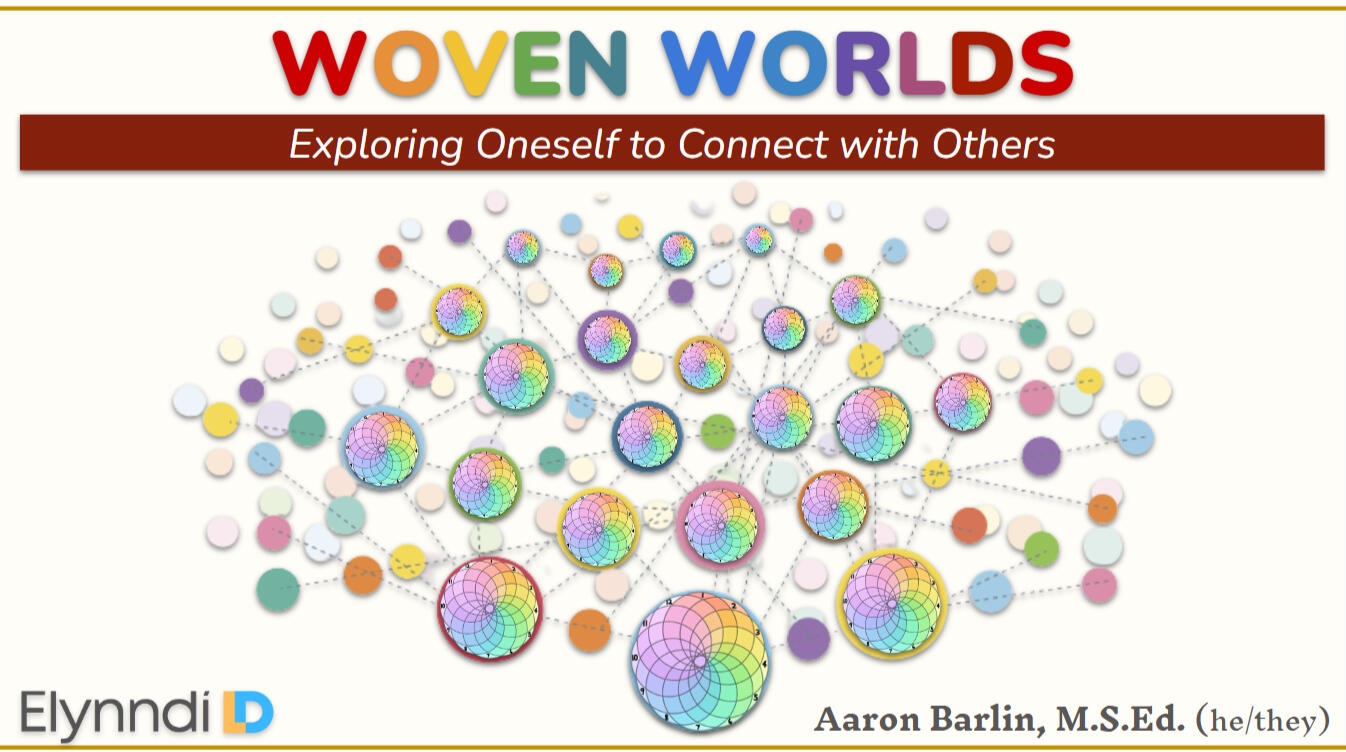
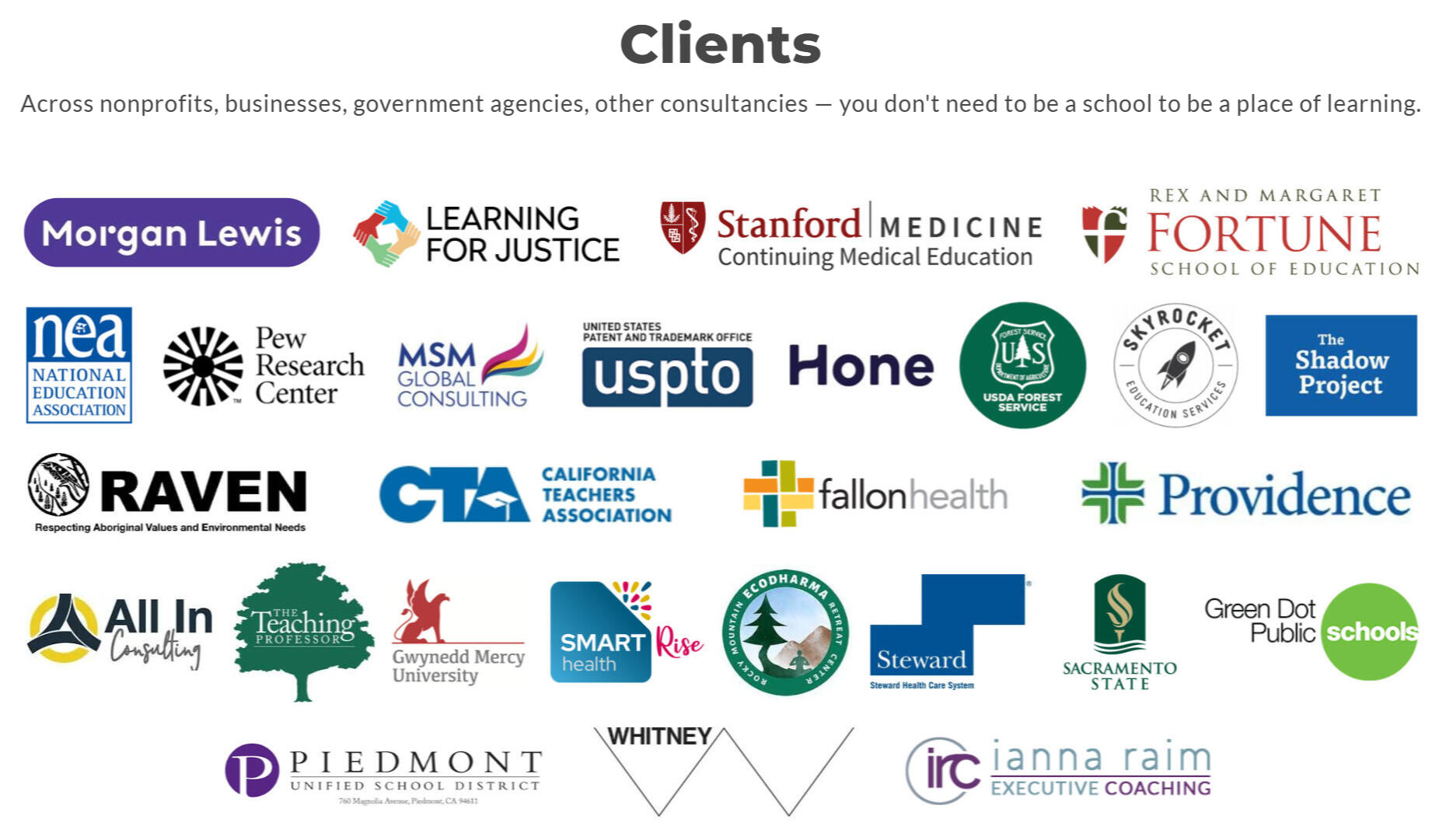
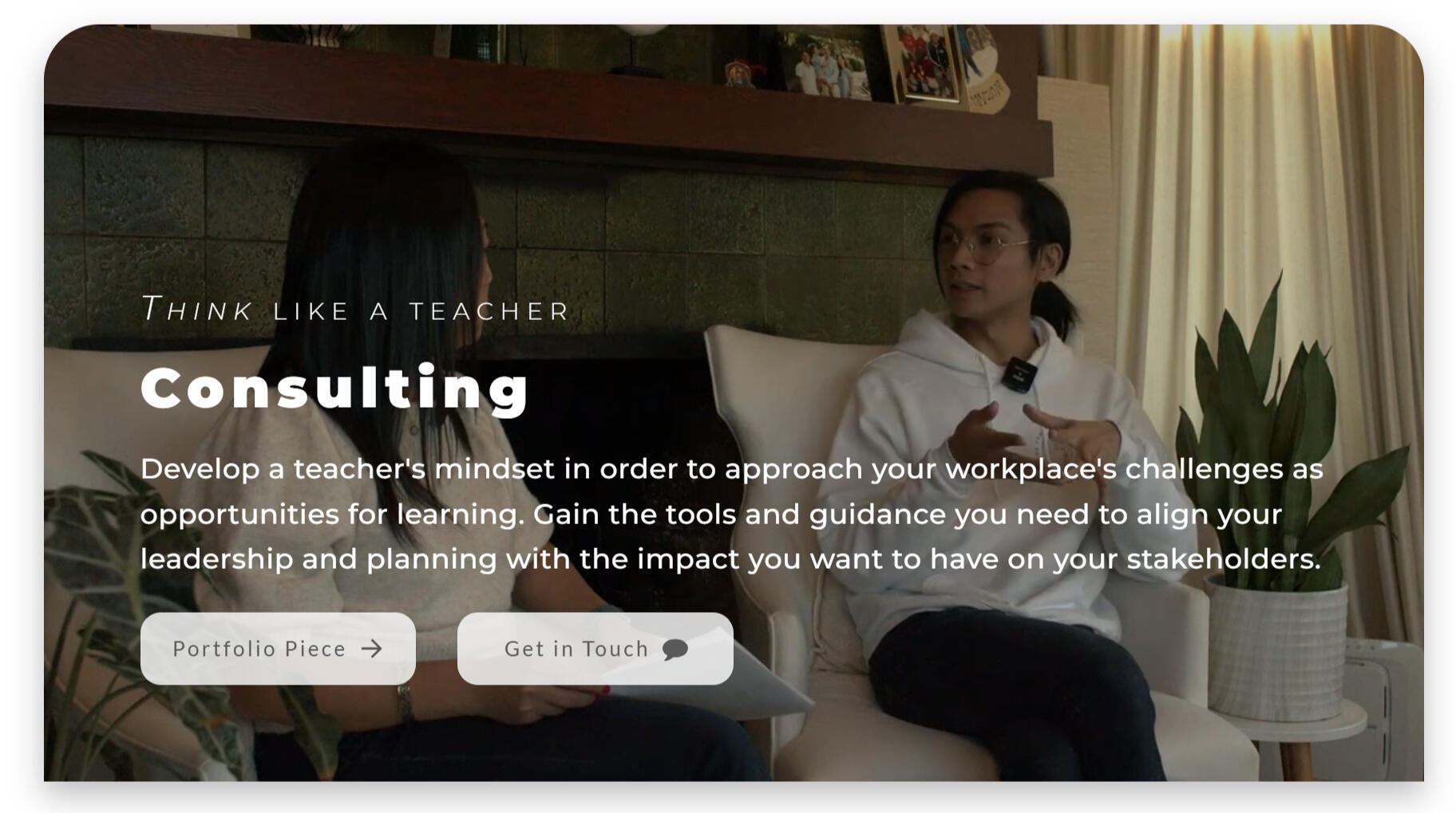
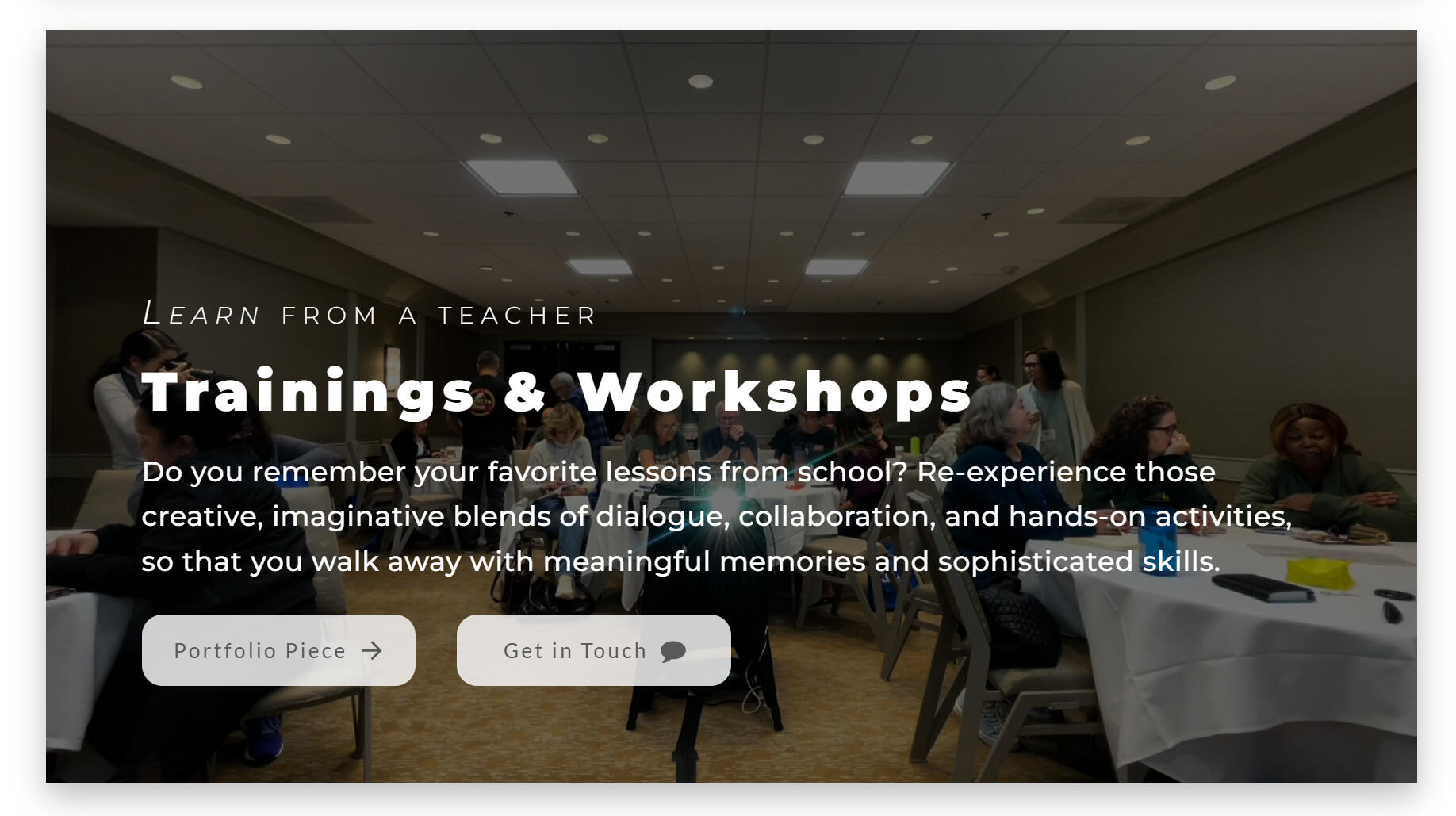
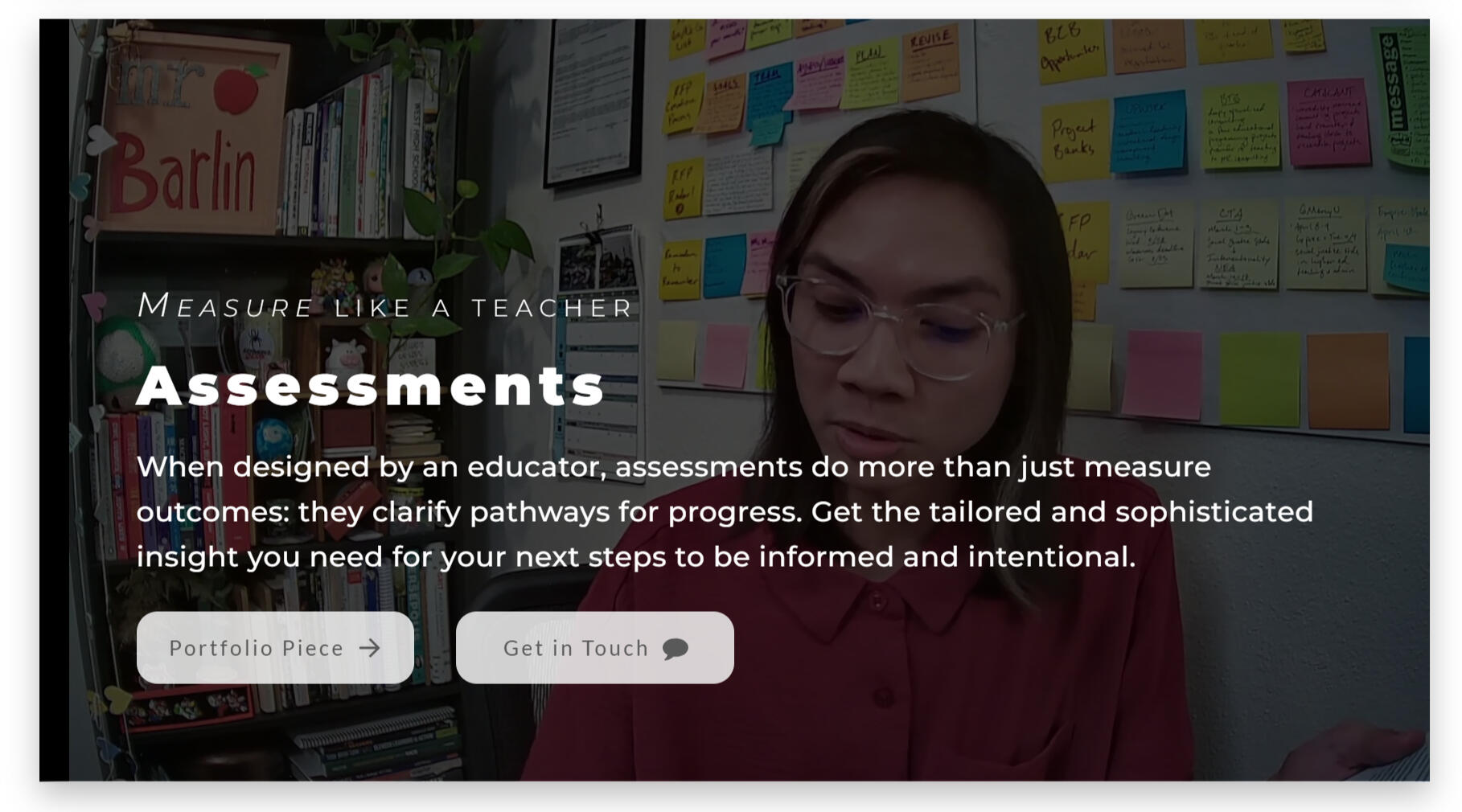
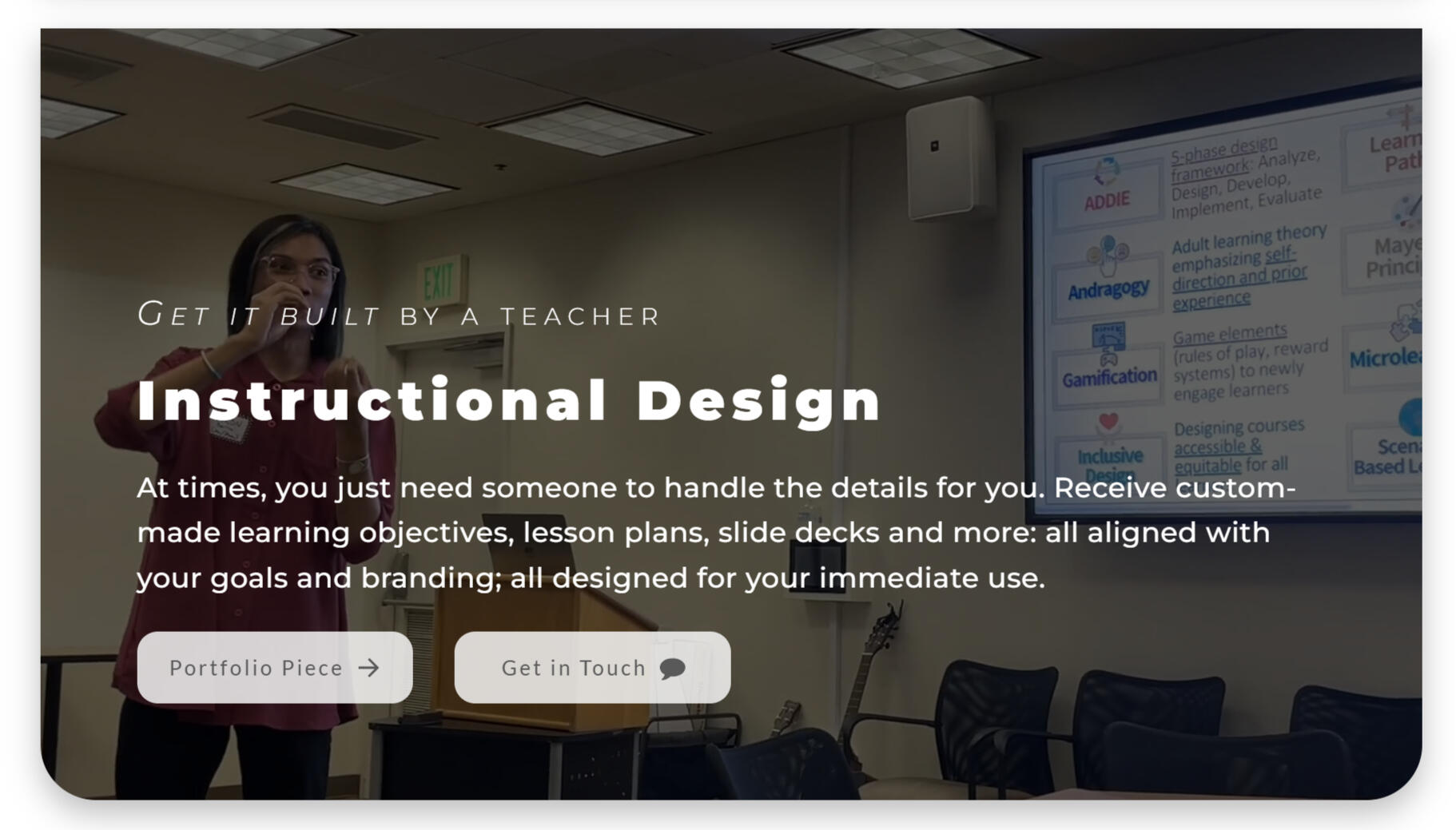
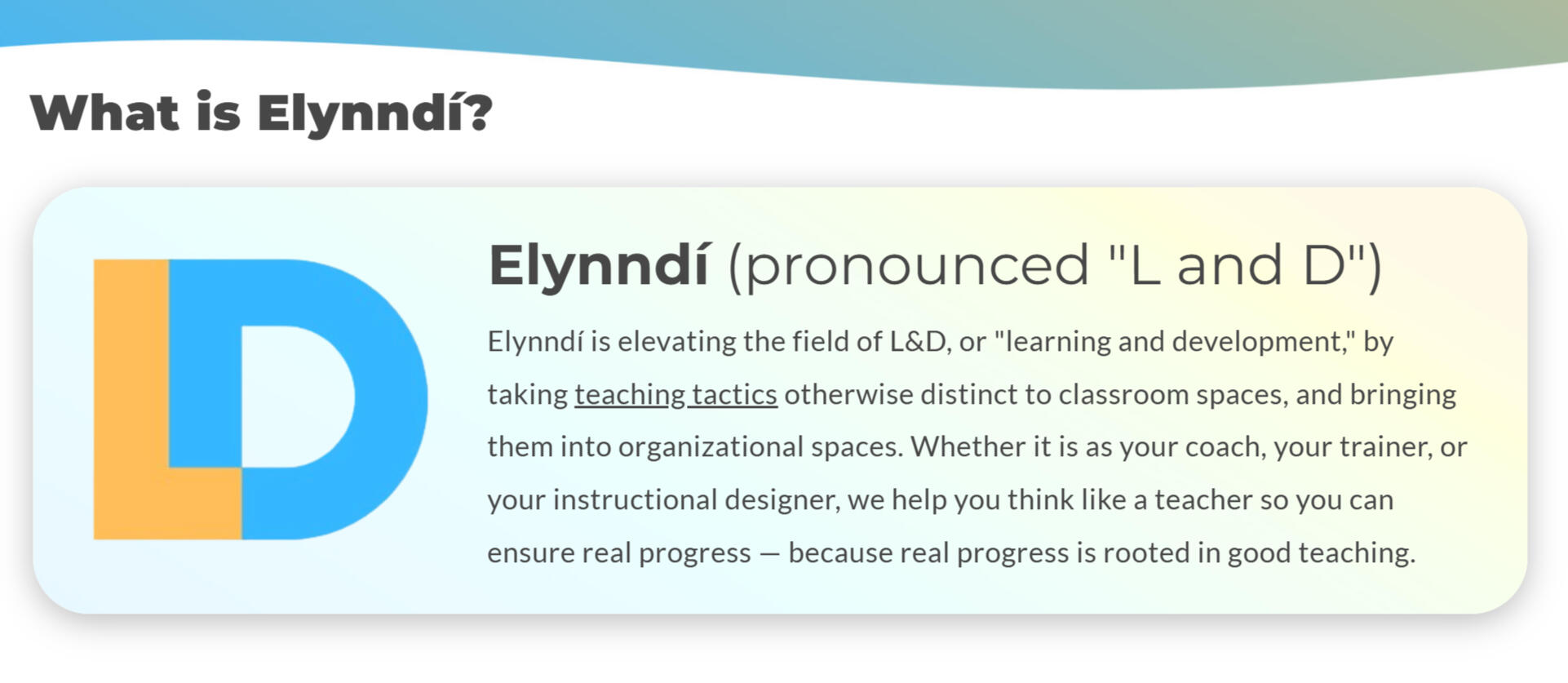
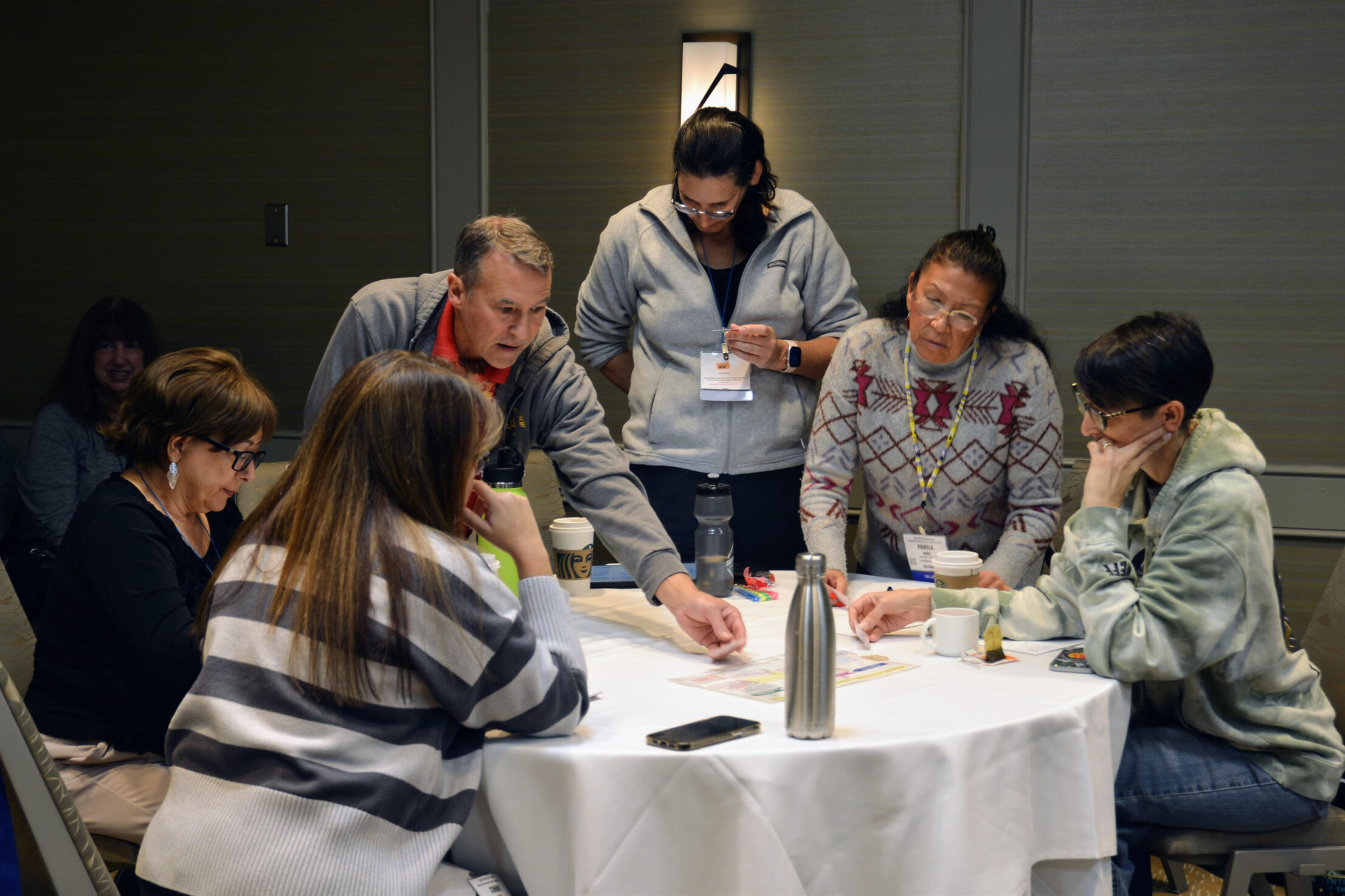
Think like a teacher
Consulting
Develop a teacher's mindset in order to approach your workplace's challenges as opportunities for learning. Gain the tools and guidance you need to align your leadership and planning with the impact you want to have on your stakeholders.
Measure like a teacher
Assessments
When designed by an educator, assessments do more than just measure outcomes: they clarify pathways for progress. Get the tailored and sophisticated insight you need for your next steps to be informed and intentional.
Hi there, leader.
There's so much left to learn.
Trust a teacher to guide you.
We help organizations break down their complex ambitions into the meaningful learning experiences needed to achieve them — all designed and delivered by credentialed teachers.
The Six Change Languages:
Like the Love Languages, but For Change
Learning to speak and understand different Change Languages can create the relational and collaborative clarity that change requires.By Aaron Barlin
“If we are to communicate effectively across cultural lines, we must learn the language of those with whom we wish to communicate. [...] Language differences are part and parcel of human culture.”—Gary Chapman, The Five Love Languages: The Secret to Love that Lasts
Getting lost in translation
Words of Affirmation, Acts of Service, Receiving Gifts, Quality Time, and Physical Touch: Gary Chapman identified these five “Love Languages” after noticing in his marriage counseling sessions, again and again, couples said they loved one another—but they couldn’t feel, see, or experience that love. What was causing this mismatch? Chapman realized that partners were expressing love in ways that were simply unrecognizable to one another.One partner might have expressed love by doing the laundry every day because this “Act of Service” was how they intuitively showed they cared—which would be completely lost on the other partner who longed to receive even just a few “Words of Affirmation” (not a daily pile of neatly folded shirts). The Love Languages helped couples notice the unnoticeable, now capable of giving and receiving expressions of love that were different from their own. By closing this
gap in communication, couples could fulfill their shared intention of building a meaningful relationship together, this time with newfound reciprocity.The “Change Languages” offer a similar solution for addressing this same dynamic of miscommunication—but as it shows up in the relational, layered, and systemic work of change.While change isn’t an emotion in the way that love is, the Change Languages help express the needs and priorities that, if fulfilled, would make collective commitments to change easier to understand and support. The Change Languages apply regardless of whether change is initiated, imposed, or environmental, or whether it’s conceptual, cultural, or structural—because the need to engage each other relationally is present across all forms of change.There are six Change Languages, each meant to categorize what we most need and prioritize when experiencing change:1. Big-Picture Clarity
2. Personal Security
3. Values Alignment
4. Sense of Continuity
5. Careful Timing
6. Celebrating GrowthThe six Change Languages help us keep in mind that getting clear about and preparing for change are related but nevertheless different tasks than communicating and co-creating change, with and for other people. Rather than resisting the fact that different people inevitably become attached to different aspects of change, we can embrace these differences with clarity and incorporate them into how we collaboratively navigate change.
When the problem is with communication, not with change
Before defining each of the six Change Languages, I trust that it will be helpful to contextualize how the use case for Change Languages first occurred to me.In December 2023, I became a member of a nonprofit’s strategic planning committee—whose meetings were not unlike what I imagine some of Chapman’s marriage counseling sessions to be. I assume you’ve been in this type of meeting yourself: where there’s more interpersonal friction than forward motion, select voices tend to overpower others, and everyone ends up feeling helplessly unseen and threatened. So then your “next steps” secretly need to include “stop feeling annoyed,” “take deep breaths,” or even just “groan.”At first glance, this friction made no sense: outside of meetings, we had strong rapport, and we were all explicitly and thoroughly excited about the organizational change that this committee was tasked with conceiving. But despite our shared commitment to the prospect of change, our meetings struggled to clarify, validate, or balance the different needs and priorities that change surfaces.For instance, one committee member approached change with a bird’s eye view: their primary Change Language, in retrospect, was “Big-Picture Clarity,” prioritizing how nonprofit stakeholders and their respective systems can interact differently to create a healthier whole. But that same framing created an awful lot of frustration for another member whose primary, equally valid Change Language was “Values Alignment”: this member instead prioritized the fulfillment of the nonprofit’s core and historical purpose by asking, “If we take this large-scale approach, how can we safeguard against mission drift?” To this member asking for “Values Alignment,” the “Big-Picture” answer they received offered little clarity or solace.Ultimately, we misinterpreted these and other outlooks on change as mutually exclusive—even though they aren’t—and that blurred our shared purpose of making change that was additive systemically and morally. Cue feeling unseen; cue perceiving change as a personal threat rather than a relational opportunity; cue deep breaths and groans.
Developing a “multilingual” solution
While on that strategic planning committee, I began building out the idea of extrapolating “Love Languages” into the domain of change—a remedy for the pattern of miscommunication we were far from alone in facing. (Although Change Languages are ostensibly applicable in personal contexts as well, I have so far focused my attention on social and organizational applications.)Similar to how Chapman drew connections across his counseling sessions, I drew connections across change efforts that had faltered or been miscommunicated across my ten-plus years in different roles: classroom teacher, professional development coach, nonprofit board member, union organizer, and organizational consultant—each role and team always focused on systemic
transformation.After being pressure tested in real-world scenarios with clients and colleagues, the Change Languages were then put in tune to the insights of change-focused thinkers including Lisa Laskow Lahey and Robert Kegan (Immunity to Change), adrienne marie brown (Emergent Strategy), and Damon Centola (Change: How to Make Big Things Happen).But to borrow (even more) words from Chapman, “I have not written this [article] as an academic treatise.” After all, crucially central to the development of the Change Languages is the personal, humbling realization that many of my own failed change efforts began not with others’ resistance, but with my own assumption that if I understood the change clearly, others would too—as if clarity for me could stand in for connection with them. So, while I nevertheless hope that the six Change Languages are supportive of those who are studying change, at the moment, they are more so for those who are living it—and, well, “speaking” it.
Defining the six Change Languages
The following definitions are intended not only to differentiate the six Change Languages, but also to help you identify which of the six resonate the most. Knowing which Change Language(s) you prefer to speak is prerequisite to noticing which of the six Change Languages are being spoken by other people.
Big-Picture Clarity
“How we are at the small scale is how we are at the large scale. [...] What we practice at the small scale sets the patterns for the whole system.”
— adrienne maree brown, Emergent Strategy
If you speak the Change Language of “Big-Picture Clarity,” you feel grounded when you know where and how change is heading from the high-level perspective of systems, as well as when you can foresee how you’ll likely fit within and interact with these changing systems. It’s not so much that you think more zoomed-in perspectives on change have less value; it’s more so that you prefer to keep zoomed-out perspectives on change front and center in your mind.
When making sense of change: You feel compelled to map out a wide perspective on the situation—clarifying intended or potential systemic outcomes, selecting the change management models that align most with your current situation, and perhaps even considering broader contexts at play, like politics or global trends. You intuitively ask, “How does this change emerge from and interplay with everything else?” You likely approach change as a strategic, cognitive process, rather than an emotional one.
When explaining change to others: You try to help organize their thinking by underscoring what you see as the main issues or larger problems that a systemic approach to change can best address. You believe that once folks can see the “bigger picture,” everything else—the meaningful minutiae of change—will organically fall into place. You want them to experience the senses of solidity and agency that come with this kind of clarity.
Personal Security
“It is not change that causes anxiety; it is the feeling that we are without defenses in the presence of what we see as danger that causes anxiety.”
— Robert Kegan & Lisa Laskow Lahey, Immunity to Change
If you speak the Change Language of “Personal Security,” your own well-being—and the well being of others—are front of mind. You need change to account for safety and security, preferably before other factors. You make sure that no one is left on their own to navigate the consequences of change, but if change does cause harm, you are quick to steward solutions that heal or mitigate it.
When making sense of change: You are driven by the fundamental question, “After all is said and done, am I going to be okay?” For your own self-preservation, you’ll first figure out how change might impact your workload, positionality, pursuit of professional goals, and even baseline employability. You have a strong preference for changes that minimize risk to yourself, and for risk you do take on, you likely have a contingency plan for if situations worsen.
When explaining change to others: Because “Personal Security” is distinct from “selfishness,” you naturally prioritize helping ensure that other people are going to be okay through and after episodes of change. By keeping other people’s physical, psychological, and relational safety all in mind, you communicate change with particular care, compassion, and sensitivity. You get clear on your avenues for empathy with others before you talk about change with them.
Values Alignment
“You must be the change you wish to see in the world.”
— Mahatma Gandhi
If you speak the Change Language of “Values Alignment,” you feel most committed to change when you and your team care about the same principles and are moving toward something you all believe in. Your foundational beliefs and sense of purpose work together to rationalize change, which often take precedent over procedural logic or even self-preservation. Especially in times of uncertainty, you readily trust your moral compass.
When making sense of change: You assess how change can bolster (or interfere with) your, your team’s, and your organization’s pursuit of the mission at hand. In fact, you probably have your org’s mission and/or vision statements bookmarked for frequent reference. To you, change isn’t worth pursuing if it isn’t evidently aligned with your core cause. Even if change seems aligned with your values at the beginning, you continue to check for alignment at every step of the way.
When explaining change to others: You are keen to learn how colleagues’ and stakeholders’ characterize their respective values—because you want the prospect of change to align with those nuances. When justifying change initiatives, you highlight how those initiatives have the greatest chance of shaping reality into what they believe it can and should be. Your descriptions of change are sure to include the actual strategies that follow through on those values.
Sense of Continuity
“The art of progress is to preserve order amid change and to preserve change amid order.”
— Alfred North Whitehead, Process and Reality
If you speak the Change Language of “Sense of Continuity,” you feel stabilized when present and future endeavors are clearly connected to past efforts. It’s not that you are resistant to change (but of the six Change Languages, this one is perhaps most often misinterpreted as such). Instead, you want to keep the thread: you find it much easier to understand progress when it clearly builds on that past, rather than distinctly departs from it.
When making sense of change: You listen to confirm that essential elements of the past will still matter or show up in some recognizable future form. For example, if a team moves client meetings from an in-person to virtual format, you might want the same staff to be involved (for team and role preservation) or the tone of the interaction to stay consistent (for social-emotional familiarity). If you can’t find those connections, you’ll likely lose your bearings in the newness.
When explaining change to others: You tend to center what is staying the same, and then you layer the newness on top of that. By focusing on what’s being carried forward, you hope that change feels more tangible and navigable for others. For larger-scale changes where connections to the past are blurrier, you might focus on how upcoming differences will augment the less tangible but nevertheless important essence of structures, logic, or dynamics that historically have held the work together.
Careful Timing
“Both common sense and scientific evidence agree: repetition is a form of change.”
— James Clear, Atomic Habits
If you speak the Change Language of “Careful Timing,” you feel most capable when change moves at the pace of trust and readiness: not too fast, not too slow, with space for inevitable relapses, mistakes, and misunderstandings. You know that the most lasting of positive changes all take time, so each change initiative should be given space to take hold—to reflect back meaningful feedback to learn from—before experimenting with and adopting a replacement or addition.
When making sense of change: Even if you resonate with the rationale for implementing a particular change, you might not feel fully onboard until you receive a timeline for rolling out that initiative. You want to know how change will be broken up into phases, each one providing time for you to absorb, mess up, learn, adjust, and eventually become ready to move onto the next phase. Fast-paced overhauls are one of your worst professional nightmares.
When explaining change to others: You outline how change can be broken down into a series of discrete, progressive steps for you and your colleagues’ to comfortably follow (even if that step-by-step breakdown wasn’t originally provided to you). When rationalizing change, you’re careful to avoid appearing like you succumbed to “shiny object syndrome”: simply chasing the latest and greatest trend or quick fix. Therefore, you highlight how engaging with worthwhile change is a long-term investment.
Celebrating Growth
“We delight in the beauty of the butterfly, but rarely admit the changes it has gone through to achieve that beauty.”
— Maya Angelou
If you speak the Change Language of “Celebrating Growth,” you feel resilient when progress is affirmed, feedback is given compassionately, and making transformation feels joyful. By “Celebrating Growth,” you don’t feel like change is a chore or task, but rather a source of fulfillment and satisfaction—something you want to do, rather than need to do. What’s the point of leaning into the ebbs and flows of change if it doesn’t feel invigorating to do so?
When making sense of change: You prefer to have a sense of what signals will likely indicate that change is moving in the right direction, so that you can be on the lookout for those signals. When you are in the thick of change, you seek encouragement that honors your effort and commitment, not just your output. When contributing to the work of change stops feeling enjoyable or imaginative, you also stop feeling as consistently committed.
When explaining change to others: You tend to foresee more milestones to celebrate rather than fewer, and you are excited to share the potential that each of those milestones unlocks when it’s reached. If you were leading a team, you would build in regular time to cheer for small wins, as well as to check in on people’s emotional relationship with the progress they’re making and the tasks they’re taking on. Making change a genuinely uplifting process is paramount for you.
Getting clear on which Change Language you prefer
Because our most active Change Language will inevitably vary across contexts, intersectionality, positionality, and other variables that deeply influence our experience of change, honing in on a primary Change Language can feel a bit tricky.To strengthen our awareness of how we prefer to talk about change, consider asking the following questions about yourself—and about other people. By asking these questions, you can get clear about all of your different “profiles” as changemakers, which you can then hold up against the six Change Languages to identify everyone’s respective preferences. Ideally, reflective questions like these are asked iteratively, helping you hone in on your and others’ active Change Languages from moment to moment.• What has been making you want to opt into change, instead of opt out?
• When you find yourself resisting change, what is it that you hope to protect?
• When explaining change to others, what elements of that change do you intuitively emphasize?Indeed, picking just one of the six Change Languages can be hard—so thankfully, you don’t need to! If you consistently prefer two or more Change Languages, you simply possess multiple avenues through which change can be made palatable for you, and through which you can make change palatable for others.But even if you were content with having change communicated to you in any of the six Change Languages, the work remains centered around making sure we can communicate to others in their preferred language—especially for folks who possess more prominent needs and priorities and are therefore not as readily “multilingual.”Thankfully, like with literal language, the more we practice speaking a non-dominant Change Language, the easier it becomes to speak that Change Language over time.
What I’m trying to say is…
Before you set off to discover how the Change Languages can help you “say” and “hear” what you might not have otherwise, I think you would benefit from learning one more closing insight: a behind-the-scenes look at what didn’t make it into the final set of Change Languages—and, more importantly, why they didn’t.Honorable mentions include aspects of change such as “co-creation,” “participatory voice,” and “holding ambiguity.” The answer to why concepts like these didn’t reach the level of “Change Languages” is actually pretty simple: because they are intrinsically baked into the idea of Change Languages itself.Whether we realize it or not, by choosing to enter into a reciprocal conversation about the needs and priorities that change surfaces in each other, we unavoidably “co-create” next steps to address those needs and priorities, exercise “participatory voice” by expressing those needs and priorities in the first place, and “hold ambiguity”—because the topic of change is never not ambiguous, and the exchange of language is never not collaborative or relational. This remains true no matter which of the six Change Languages are spoken, and no matter which positionalities may professionally be at play.But even with these additive aspects of change already baked into them, Change Languages still aren’t magic wands that wave away all of the disagreements, tensions, and hurt that are inherent to human interaction. Change is a multifaceted experience that comes with a blend of pains and pleasures, and Change Languages can’t erase that fact. Instead, they help us move through those pains and pleasures relationally—rather than alone, rather than undignified, rather than lost and confused.Ultimately, I hope that the Change Languages help prevent us from making a fundamental, common error: treating change as something to be managed, mitigated, or directed, instead of the experience to be lived through and deliberated that it is. If we can harness the reciprocal potential of Change Languages, we are better equipped to arrive somewhere more grounded, more aligned, and ultimately more fulfilled than where we started.
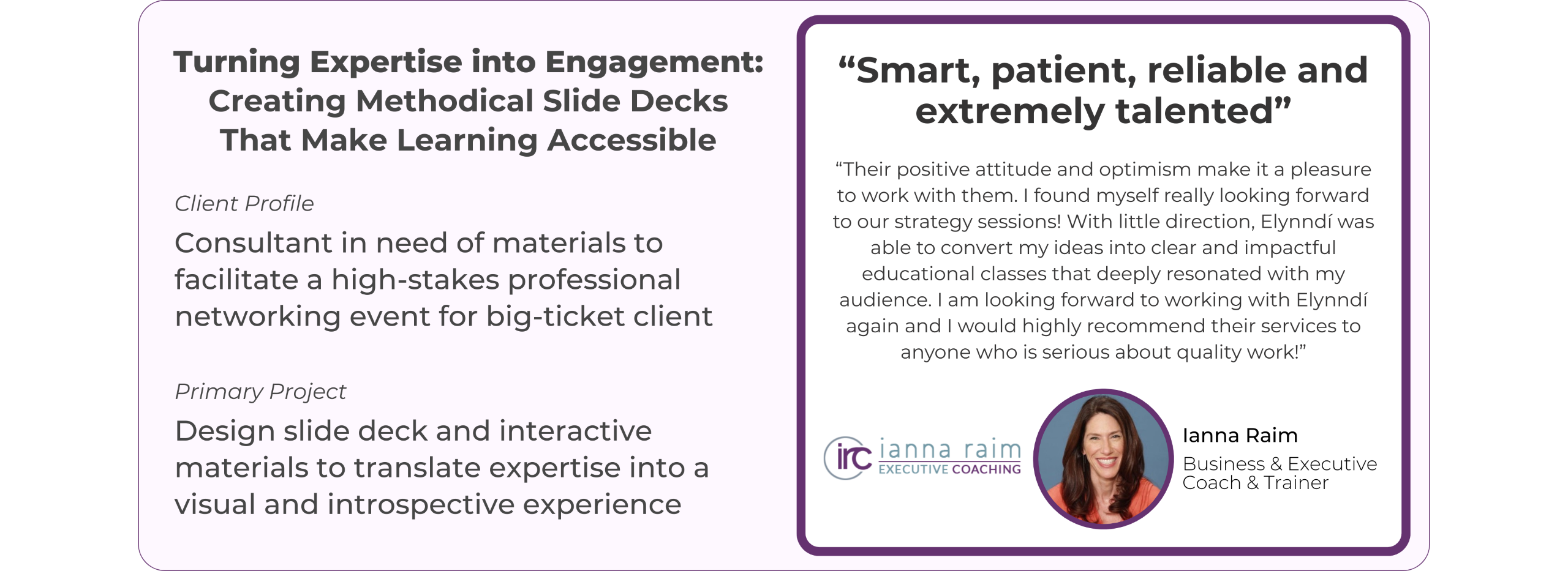
Client Context
At Ianna Raim Executive Coaching, Ianna Raim was an ICF-accredited coach who had built her practice on one-on-one professional coaching for attorneys at a major law firm. Her work focused on helping individual legal professionals identify goals, navigate complex workplace dynamics, and develop leadership skills.For the first time, she was tasked with designing and leading a large-scale, public-facing event for over 90 legal professionals at once. The stakes were high: her client, a prominent big-law firm, wanted the program to center on how women professionals could challenge and redefine a legal culture historically shaped by men.
Challenges
This shift from individualized coaching to a live group event meant her expertise had to be translated into a format that could engage, inform, and resonate with a large, diverse audience—while maintaining the depth and nuance that characterized her one-on-one work.The event needed to balance three distinct modes of engagement: space for individual reflection, opportunities for small-group networking, and activities that could unite the full audience in collective discussion. Each mode had to feel purposeful and connected to the overall goal of inspiring change within the legal profession.The client’s firm also had a clear requirement for the framing of the event. While the program was to be for women attorneys and grounded in their shared experiences as women in a male-dominated field, it could not position that identity solely through the lens of victimization. Instead, it had to frame the shared identity as a source of connection, perspective, and agency—while still honoring the full diversity of participants’ career paths, achievements, and individual perspectives.
Solutions
Because the event brought over 90 legal professionals together in a single space—spread across many small tables—there was a risk that learning could become fragmented. To create a cohesive experience, the slide deck was designed using Mayer’s Principles of Multimedia Learning (Richard E. Mayer). The deck acted as the throughline, anchoring the entire room in a shared visual and conceptual flow. It was built to be both aesthetically clean and functionally precise, guiding participants seamlessly from individual reflection, to small-table discussion, to whole-group synthesis. (Additionally, graphic design choices were made to align with Ianna’s branding style, to keep behind the scenes the fact that she had an instructional designer supporting her—allowing her position as a thought leader to fully shine.)The content framework drew from The Culture Code (Daniel Coyle), Nonviolent Communication (Marshall B. Rosenberg), and Culturally Responsive Teaching and the Brain (Zaretta Hammond). Together, these approaches helped participants examine the culture of their firm, identify areas for change, and generate steps toward transformation—framing their shared identity as women attorneys as a source of insight and collective agency, not as a constraint.To ensure conversations at every level were open, generative, and constructive, the event design incorporated dialogic learning principles from Inspiring Dialogue (Mary M. Juzwik et al.). These principles provided the structure for engaging with differing perspectives productively, keeping discussions anchored in mutual respect and forward momentum.Finally, brief train-the-trainer sessions prepared Ianna to navigate the flow of the day, adapt materials in real time, and fully leverage the design’s interactive elements. This preparation ensured she could bridge the structure of the slides with the dynamic, in-the-moment needs of the participants.
Why Backwards Design Is Great for Streamlining Sophisticated Content
The event’s framework combined multiple approaches—multimedia learning, culturally responsive pedagogy, nonviolent communication, and dialogic learning—within a single high-stakes program. Without a clear design methodology, this mix could easily leave both facilitator and participants feeling lost.However, backwards design—arguably the most central and critical tool for “thinking like a teacher”—provided the structure to hold it all together. The process with Ianna began by identifying the essential takeaway her client wanted participants to leave with: the ability to recognize and influence firm culture in ways that open space for women attorneys to thrive. From there, we defined essential learning outcomes (ELOs) that would build toward that takeaway. These outcomes then shaped a detailed session outline, sequencing individual reflection, small-group discussion, and whole-group synthesis in a way that reinforced the central goal at each step. Only then was the slide deck created—designed to visually carry participants through that journey and keep the throughline visible from the first moment to the last.This approach ensured that even with a wide range of content and formats, the program stayed coherent, purposeful, and anchored to what mattered most, even in the face of spatial and conceptual challenges.
Steps to Get Started
Define an essential takeaway from which prerequisite ELOs can be backwards designed.
Draft a session outline that sequences activities in a way that connects individual reflection, small-group discussion, and whole-group exchange, while staying aligned with your ELOs.
Select the right design and conceptual frameworks (which, in this case, included Mayer’s principles, culturally responsive pedagogy, dialogic learning, and nonviolent communication) to support both the content’s delivery and the content’s applicable relevance to learners.
Develop your materials last, ensuring every slide, prompt, or visual is intimately aligned with the outcomes you’ve identified.
Prepare yourself to facilitate dynamically by building in time for run-throughs (or short train-the-trainer sessions if you the designer and the deliverer are not the same person).
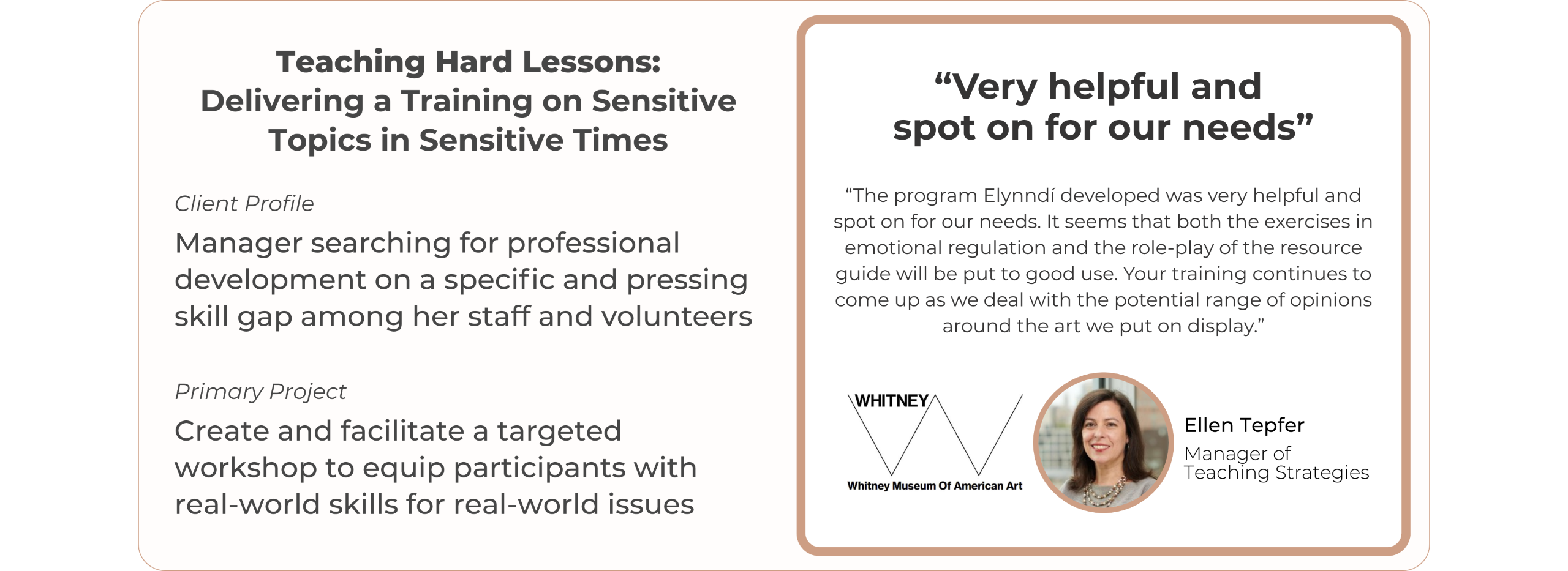
Client Context
The Whitney Museum of American Art, located in New York City’s Meatpacking District, is a leading institution dedicated to collecting, preserving, interpreting, and exhibiting American art. Known for its focus on living artists and contemporary work, the museum frequently presents exhibitions that engage with current social and political issues.In recent years, the Whitney has found itself at the intersection of cultural dialogue and public debate. Situated in one of the most politically active cities in the United States, the museum regularly hosts exhibitions that provoke strong opinions from visitors. During tours, staff and volunteers responsible for engaging the public began experiencing increasingly tense interactions. Some guests voiced strong objections to the art on display, sometimes with hostility. In other cases, disagreements arose between staff and volunteers themselves, escalating into conflicts that were difficult to manage in the moment.
Challenges
The museum’s leadership identified a pressing skill gap: while their staff and volunteers were knowledgeable about the art and capable of delivering engaging tours, they lacked the practical skills needed to de-escalate conflict, respond to politically charged remarks, and maintain constructive dialogue in high-stress situations. This environment prompted the Whitney to seek targeted professional development focused on equipping their team with real-world skills for handling sensitive conversations in sensitive times.Finding a training provider in time to address these pressing and persistent issues proved difficult. The museum needed a partner who could combine three distinct capabilities: experience designing workshops for both staff and volunteer populations, expertise in navigating sensitive or politically charged topics without alienating participants, and the ability to translate concepts into actionable skills that could be applied immediately on the museum floor. Many potential vendors specialized in only one of these areas—either they focused on general customer service skills without addressing the political context, offered abstract diversity or inclusion training without practical de-escalation techniques, or lacked experience working with arts institutions and their unique public-facing roles.
Solutions
The training was built on a foundation of social-emotional learning. Before staff and volunteers could practice techniques or strategies, they needed to develop a shared understanding of how emotions influence interactions in the gallery space. This meant learning to recognize the early signs of tension—both in themselves and in others—and building the capacity to respond with empathy, patience, and clarity rather than reacting impulsively.Through facilitated discussion, participants examined how personal perspectives, cultural context, and the charged nature of certain artworks can shape visitor responses. They explored the difference between simply enduring difficult conversations and actively guiding them toward meaningful exchange. This approach positioned emotional awareness as the central skill that would support every other tool introduced later in the training.The entire workshop was framed by a guiding essential question: “In a field as provocative and intimate as art, how can we approach the inevitability of difference as a unique resource for transformative introspection and reciprocal open-mindedness?” This question anchored the learning process, helping participants see conflict not as a detour from the tour experience, but as an opportunity to deepen dialogue and connection.
Why Social-Emotional Learning Is Great for Sensitive Content and Uncomfortable Skills
Social-emotional learning builds the self-awareness, empathy, and emotional regulation necessary for addressing difficult topics. In a politically charged environment, this shared foundation allows participants to engage with uncomfortable content without shutting down or escalating tension. It shifts the focus from reacting to conflict toward understanding it and guiding it constructively.With that foundation in place, mindfulness-based learning becomes a practical next step. Mindfulness exercises help participants remain steady and attentive during moments of stress, giving them the mental space to apply de-escalation strategies effectively. This grounding is especially valuable in public-facing roles, where unexpected confrontations can arise without warning.Role-play then transforms theory into action. By working through realistic scenarios drawn from the museum’s own experiences, participants practice navigating conflict in a safe environment. Facilitators pause and replay moments to explore alternative approaches, helping participants see how their tone, body language, and choice of words can influence outcomes.Together, these approaches create a progression: SEL builds openness and emotional skill, mindfulness maintains presence under pressure, and role-play develops the confidence to act decisively in the moment.
Steps to Get Started
Begin by assessing the specific challenges your staff or volunteers face when engaging with the public. Collect examples of real incidents—both visitor interactions and internal conflicts—that reflect the skill gaps you want to address.
Identify the emotional competencies most relevant to your context. For sensitive or politically charged environments, prioritize self-awareness, empathy, and emotional regulation as the base for all other skills.
Select training methods that build on each other. Start with social-emotional learning to establish common ground, introduce mindfulness practices to strengthen focus and composure, and then use role-play to apply these skills in realistic scenarios.
Finally, ensure the training is anchored by a guiding essential question or theme that ties all elements together. This keeps the learning cohesive and aligned with your organization’s values.
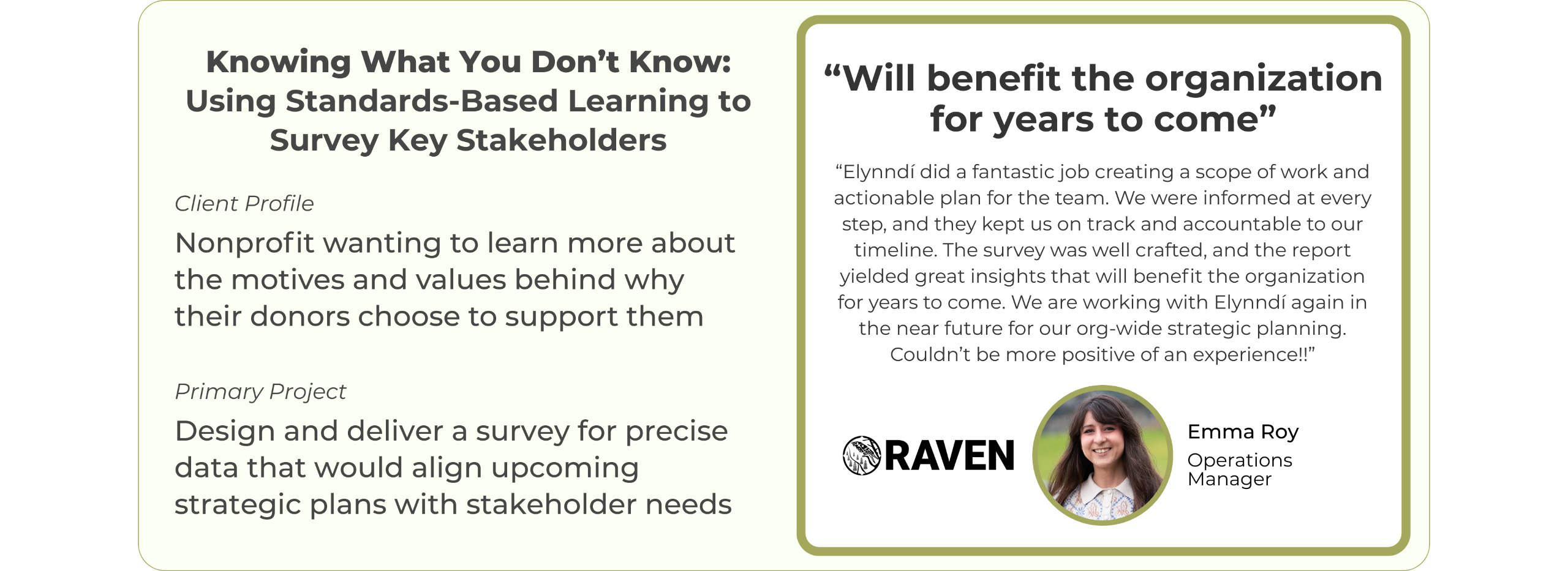
Client Context
RAVEN (Respecting Aboriginal Rights and Environmental Needs) is a Canadian nonprofit dedicated to advancing Indigenous sovereignty and environmental justice through legal advocacy. Working alongside Indigenous Nations, RAVEN funds strategic legal challenges to protect land, water, and cultural rights.RAVEN sought to deepen its understanding of the people who sustain its work: its donors. While the organization knew broad details about its supporter base, it lacked precise insight into donors’ underlying values, motivations, and visions for change. With strategic planning on the horizon, leadership wanted reliable, nuanced data to guide future priorities and ensure alignment between organizational goals and donor commitments.This project marked RAVEN’s first use of a formal survey to engage stakeholders. The intent was not only to gather statistics, but to uncover the intersections between who donors are and what RAVEN does—strengthening relationships and informing a long-term, donor-aligned strategy.
Challenges
While RAVEN had a strong donor community, it had never systematically gathered detailed information about the perspectives and priorities that drive donor support. Without this level of insight, strategic planning risked being based on assumptions rather than evidence.The organization needed a way to collect both quantitative and qualitative data that could capture the complexity of donors’ identities, values, and motivations. The tool would have to balance depth with accessibility—providing meaningful data without causing survey fatigue or limiting participation.A further challenge was ensuring that the survey design aligned with RAVEN’s values. Questions had to be structured in a way that invited honesty, reflected the organization’s respect for diverse experiences, and provided space for donors to connect their personal histories and visions for justice with RAVEN’s mission. This required a framework that went beyond conventional nonprofit donor surveys and engaged participants as co-contributors to the organization’s future direction.
Solutions
To ensure the survey would capture the depth and nuance of donor perspectives, the project was grounded in a standards-based assessment framework adapted from Learning for Justice’s Social Justice Standards. These standards acted as “learning objectives” for the survey—clear targets that defined what the survey needed to uncover. Questions were sequenced to move respondents from introspection, to awareness of broader systems, to action-oriented visioning, mirroring how RAVEN wanted to build donor engagement over time.The survey employed branch logic to customize question flow based on participant responses, capturing more relevant and context-specific data without overburdening respondents. A prototype was tested internally, refined based on feedback, and finalized for launch.Typeform was selected as the platform due to its “one question per page” format, which focused attention, minimized fatigue, and allowed for accessible visual design. This was critical for balancing the survey’s breadth with donor engagement, ensuring completion rates remained high.The final survey gathered 447 responses—a sample size large enough to carry a ±4.64% margin of error at a 95% confidence level—providing RAVEN with a reliable picture of its donor base that was rooted in both data integrity and the organization’s values.The full survey report is publicly accessible through this hyperlink.
Why Standards-Based Assessment Is Great For Discovering How to Support Your Learners
Standards-based assessment provides a clear framework for deciding what information is essential to gather and how it should be sequenced. For RAVEN, this approach ensured the survey was more than a basic list of questions that determined donors’ surface-level strengths, weaknesses, and needs. Instead, it was a structured and reciprocal learning tool that guided donors through a progression from self-reflection, to awareness of others, to a vision for collective action—providing RAVEN with thorough insight into that progression.By defining “learning standards” before writing any questions, the survey design stayed focused on what RAVEN most needed to know to align strategy with donor priorities. This prevented the common pitfall of collecting large amounts of unfocused data that is difficult to interpret or apply.In practice, this meant RAVEN could do more than simply analyze what donors believed or valued: it also allowed the team to check, even during the prototype stage, whether responses were aligning with the standards the survey was designed to address. This made it possible to refine the survey before launch, ensuring that the final version produced data that was both meaningful and actionable, while staying true to the intended learning objectives.
Steps to Get Started
Identify the essential information you need from stakeholders as clear learning objectives, using these objectives as the standards against which all survey questions and data will be measured.
Choose or adapt a standards framework that reflects your organization’s values and creates a logical progression from self-awareness to broader awareness to action-oriented thinking.
Develop a guiding essential question that ties all survey items back to a single, cohesive purpose and ensures the survey remains focused from start to finish.
Map and sequence survey questions so each one aligns with a specific standard, building intentionally from personal reflection to system-level perspectives and actionable insights.
Incorporate branch logic to tailor the survey experience to each participant’s context, keeping the flow relevant while minimizing fatigue.
Pilot the survey with a small group, compare early responses against your intended standards, and refine wording, sequencing, or logic to ensure the final version produces data that is both meaningful and actionable.
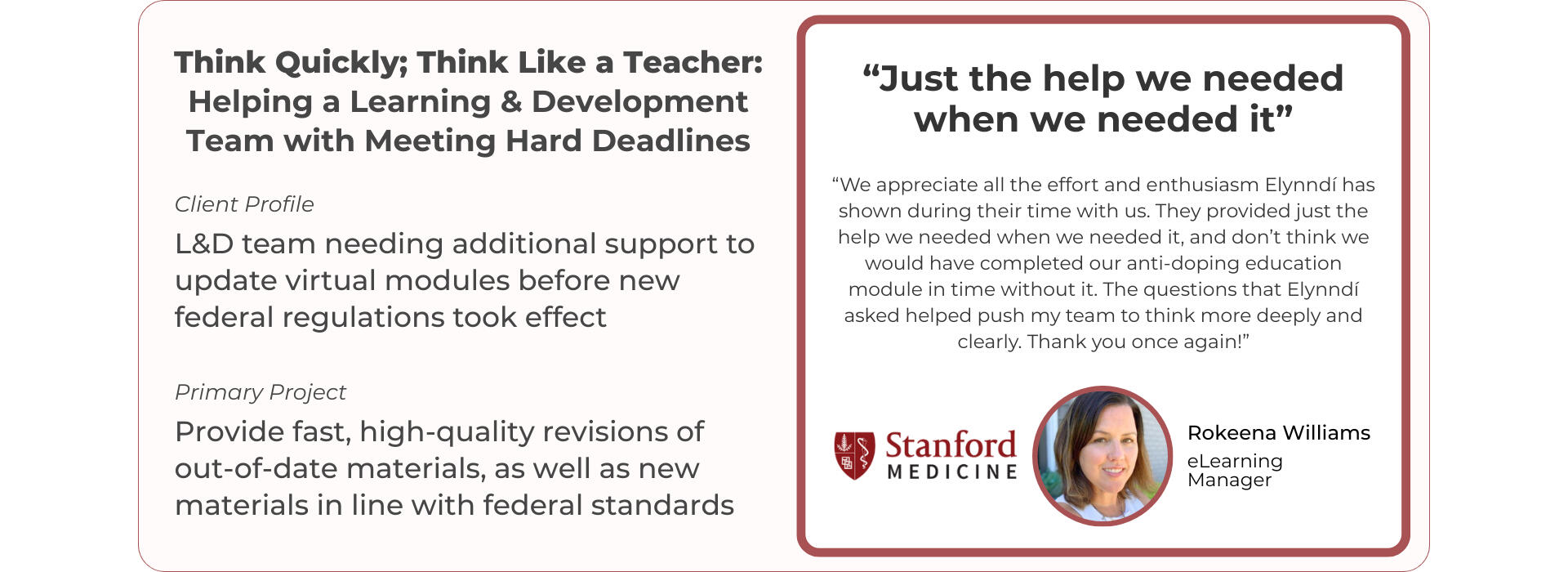
Client Context
The Stanford Center for Continuing Medical Education (CME) team was collaborating with the United States Anti‑Doping Agency (USADA) and the World Anti‑Doping Agency (WADA) to update required virtual modules addressing newly revised anti‑doping regulations. These updates were driven by changes to the World Anti‑Doping Code, including revised laboratory standards and expanded protocols for therapeutic use exemptions, which needed to be incorporated into continuing medical education for health professionals.Stanford committed to delivering these updated CME modules within a one‑month window, aligning with the end‑of‑year compliance deadline for new federal and international regulations. With live clinician‑instructors relying on accuracy and clarity, and regulatory timelines inflexible, the project demanded both speed and precision.The eLearning team had to revise multiple existing modules and create new content from scratch—organizing complex scientific, legal, and ethical material into clear, learner‑friendly formats. Because the audience included busy medical professionals, the final deliverables needed to be visually polished, pedagogically sound, and ready to launch immediately.Modules were being created in Articulate Storyline.
Challenges
The tight, non‑negotiable deadline was the most immediate challenge. With only a month to overhaul existing CME modules and develop new ones in response to regulatory changes, there was no margin for delays in content development, review cycles, or technical production.The CME eLearning team was small and already managing other high‑priority projects. Adding a large, time‑sensitive compliance update risked overextending staff, slowing progress across all initiatives, and increasing the likelihood of burnout.The scope of work was also unusually complex. It required not only updating text and visuals, but ensuring alignment with both federal and international standards while maintaining instructional quality. Because the content addressed specialized scientific and legal topics, accuracy was critical—yet every clarification from subject matter experts had to be integrated into materials without disrupting the overall production schedule.Ultimately, the urgency of the project amplified the common L&D challenge of balancing speed with pedagogy. Compressing timelines often forces trade‑offs in design quality, but for CME audiences—busy medical professionals who depend on clarity, accuracy, and engagement—those trade‑offs were not an option.
Solutions
The project began with rapid coordination between the CME eLearning team, Stanford’s client, and outside subject matter experts to determine exactly how the updated anti‑doping regulations affected existing and planned content: in other words, we employed a streamlined version of standards design.Project management was centralized in Asana, where every deliverable was broken into specific tasks with owners, deadlines, and progress tracking. This minimized communication friction, cut down on email chains, and allowed the small team to quickly identify and resolve bottlenecks.To save time in asset production, existing graphic and image repositories were strategically used, ensuring visual updates were fast while maintaining brand and instructional consistency. Coordination with Stanford’s client allowed voiceover sessions and on‑camera video segments to be scheduled early, so media could be produced in parallel with content writing. Key concepts were brought to life through Vyond animations, which illustrated procedures in an accessible, time‑efficient way without overloading learners with text. These, along with other media, were then integrated into the Articulate Storyline modules.Assessment design focused on visually clear, conceptually meaningful, and scenario‑based items that aligned with the updated regulations and supported application in professional contexts. These assessments were reviewed by USADA representatives to ensure accuracy, practical relevance, and regulatory compliance.By combining strong teaching principles with efficient project management, resource reuse, and multimedia production, the team delivered fully updated CME modules—complete with new media, accurate assessments, and engaging instructional flow—within the tight deadline, and without overloading Stanford's in-house staff.
Why Gradual Release of Responsibility (“I Do,” “We Do,” “You Do”) Is Good for Designers, Not Just Their Learners
In teaching, the Gradual Release of Responsibility model is a tool for scaffolding that organizes work into “I Do” (the instructor models), “We Do” (the instructor and learners work together), and “You Do” (learners take more ownership while still supported). For the Stanford CME project, we treated these not as sequential steps, but as buckets of activity that we moved between fluidly depending on the task at hand.In the “I Do” bucket, Elynndí produced complete, regulation‑aligned module sections from start to finish—integrating the updated WADA/USADA standards, sourcing graphics from Stanford’s repositories, creating Vyond animations for technical procedures, and drafting scenario‑based assessments for USADA review. These pieces set a visible benchmark for content quality, design structure, and compliance alignment.In the “We Do” bucket, we worked side‑by‑side with the CME team on new content, coordinating through Asana to divide tasks, track deliverables, and make real‑time decisions on text, media, and pacing. This also included joint revision sessions, where we refined earlier sections based on updated guidance from regulatory partners.In the “You Do” bucket, the CME team took a stronger lead on drafting and initial editing for certain sections, while we provided focused review, animation production, and instructional refinements. This arrangement allowed parallel work without sacrificing consistency: in other words, the CME team could move quickly, knowing we were still embedded in the process to ensure each section met compliance and design standards.Using these buckets kept the work flexible, collaborative, and efficient—shifting responsibility fluidly as needed, rather than forcing a rigid progression, so the project could meet an immovable deadline without losing quality.
Steps to Get Started
Use a shared framework — such as Gradual Release “buckets” — to clarify when you’ll model, co‑develop, or provide targeted support.
Set up a project board (we used Asana) with clear owners and deadlines for each deliverable.
Tap existing graphics and media repositories to accelerate design work.
Coordinate media production early — including voiceovers, Vyond animations, and SME review — so it runs alongside content development.
Draft assessments early, run them past subject‑matter or regulatory partners, and revise accordingly.

























